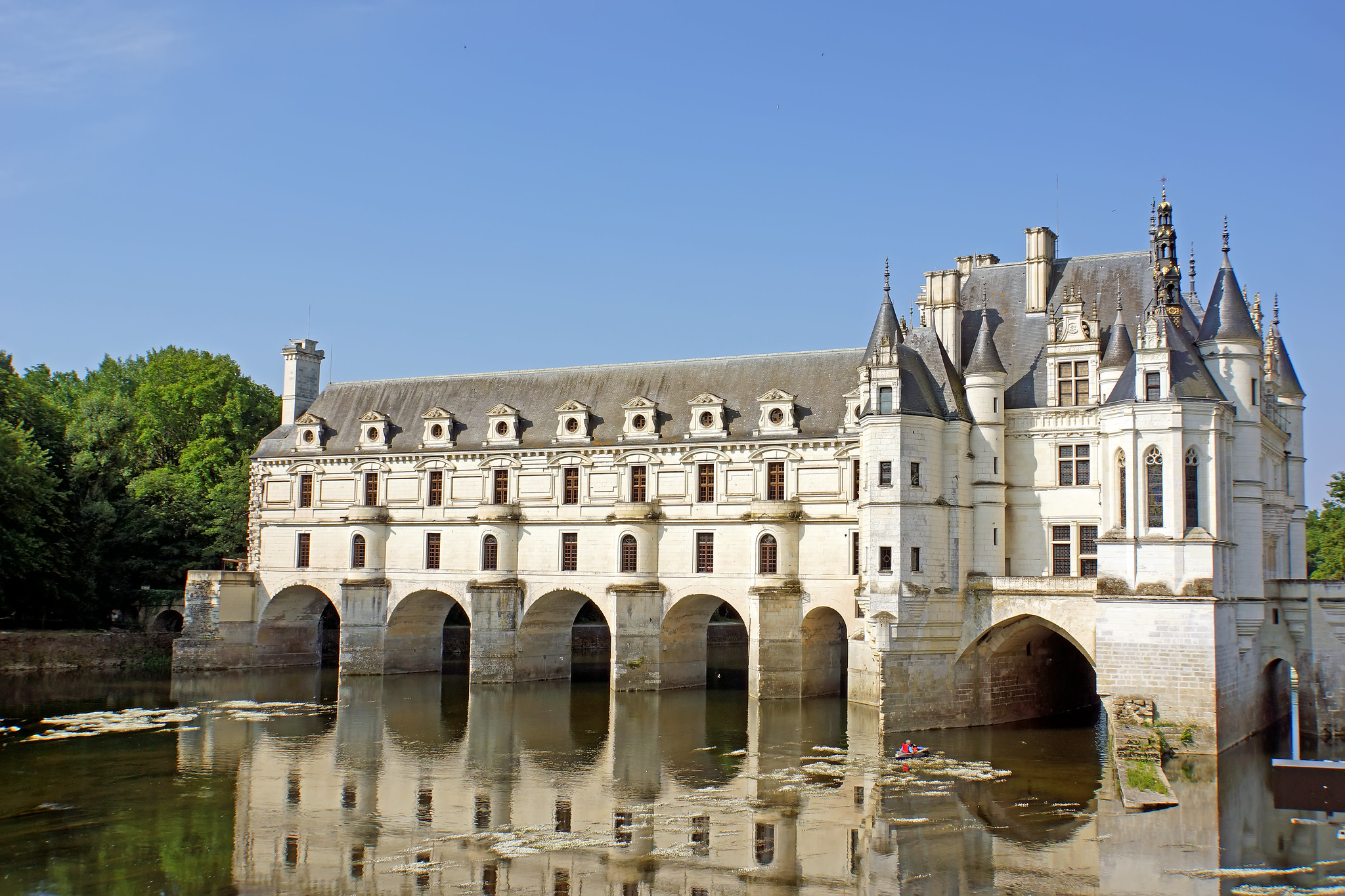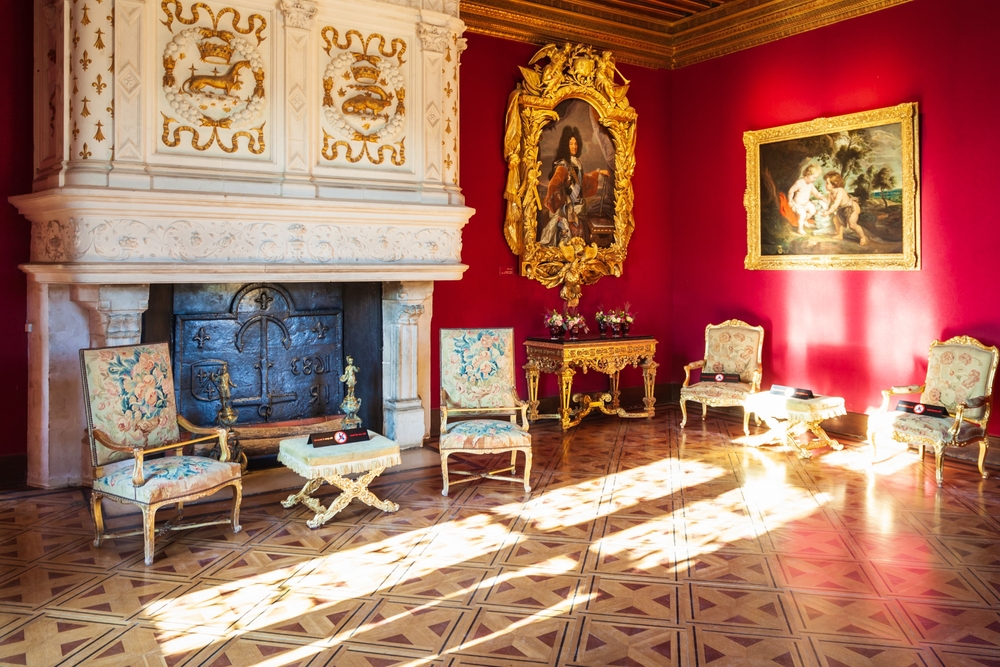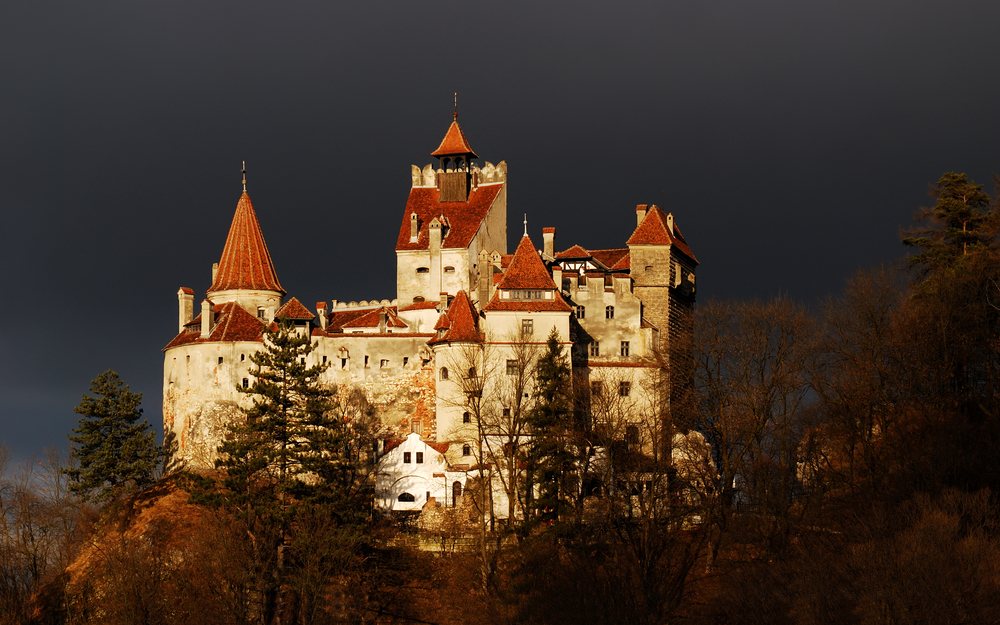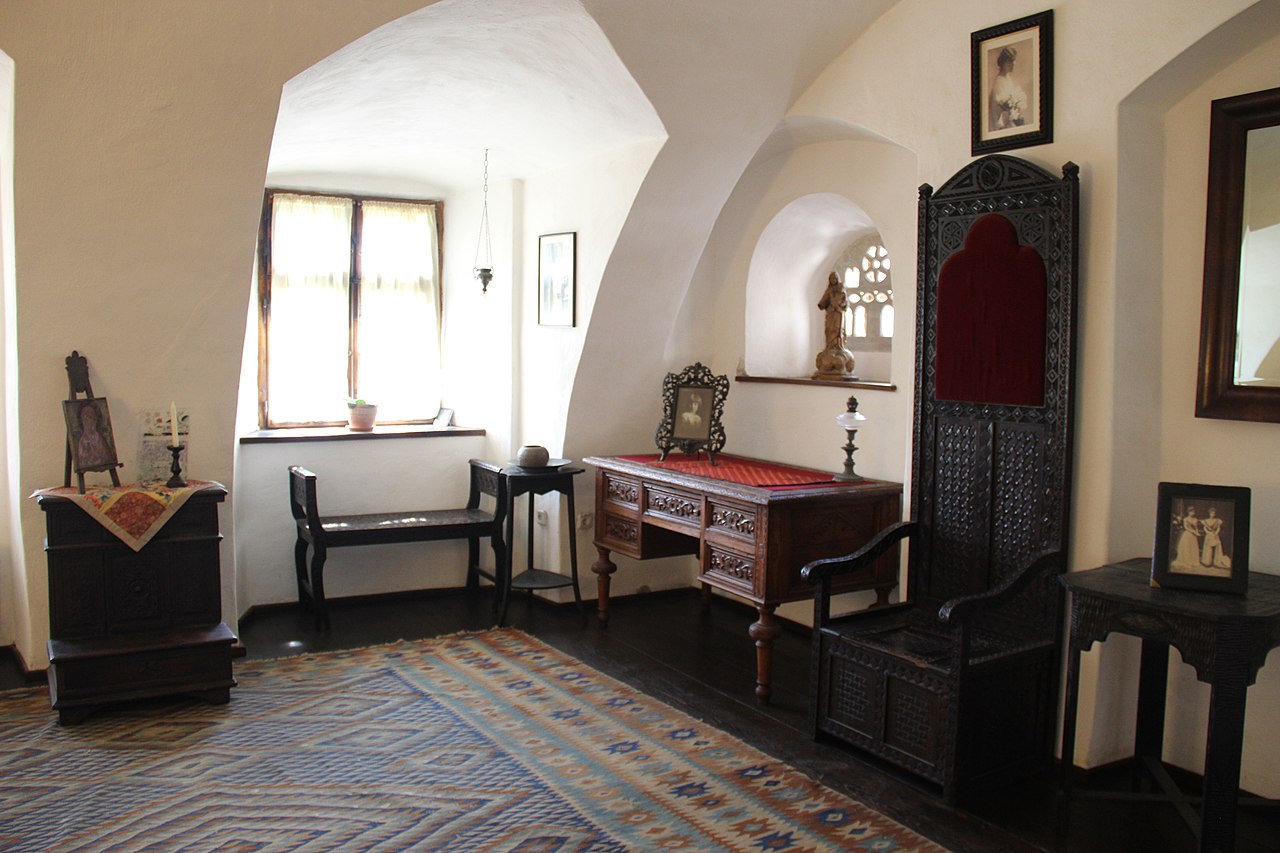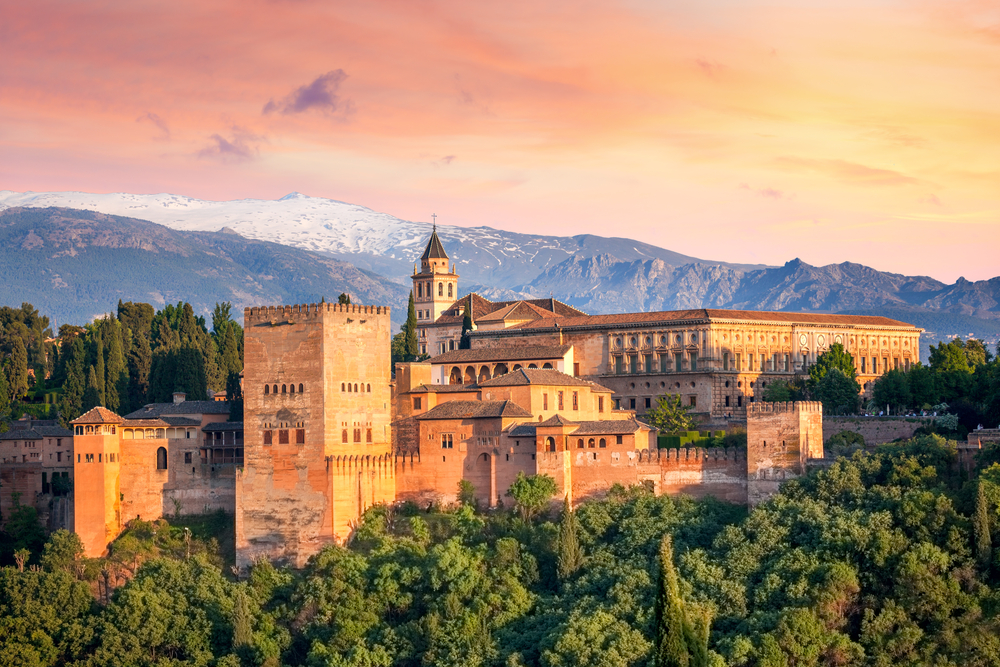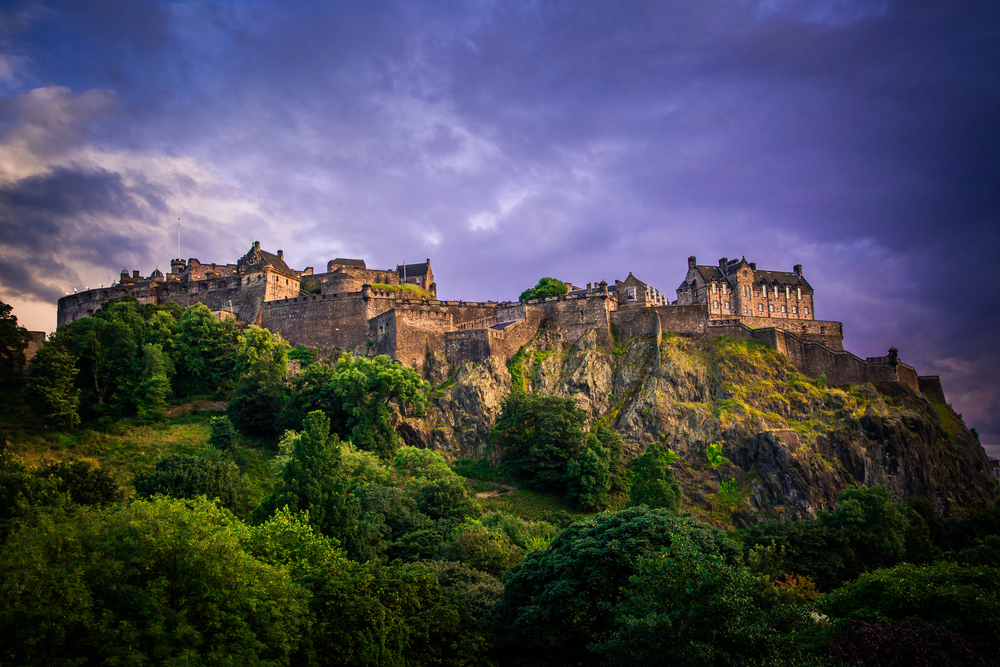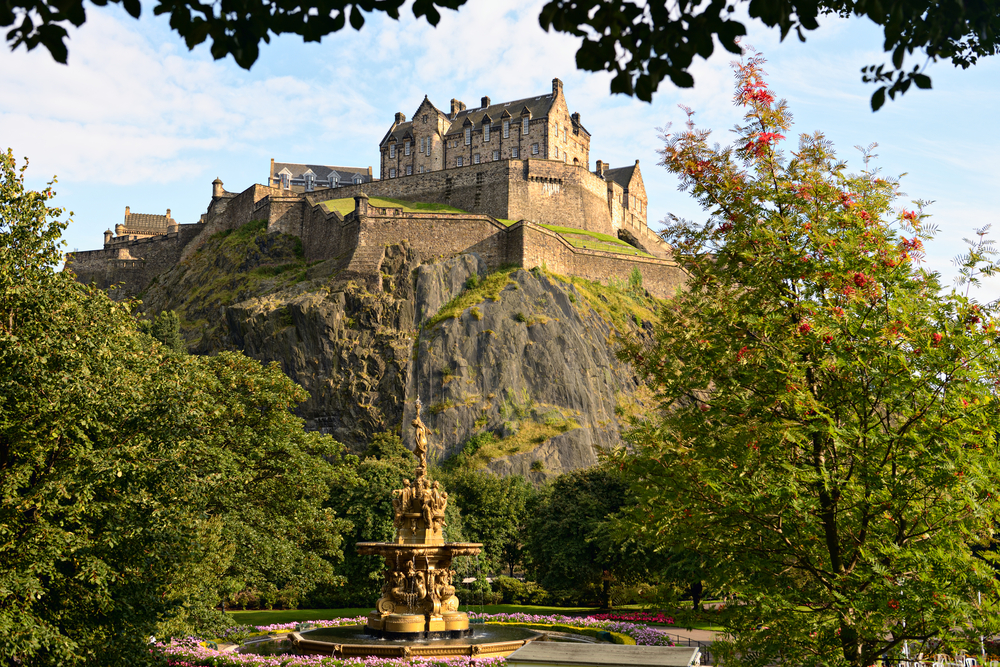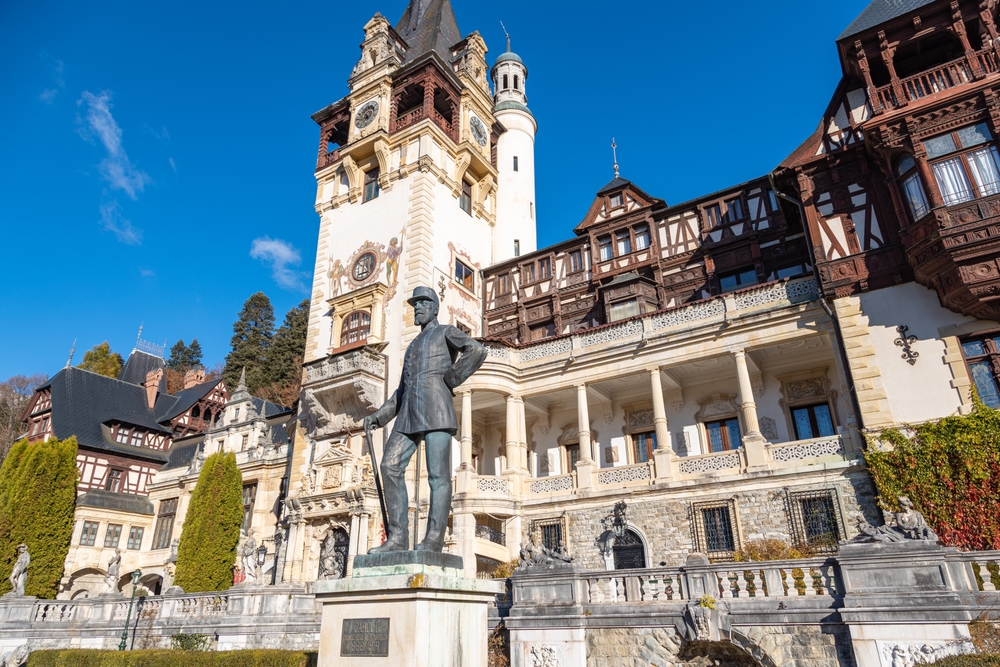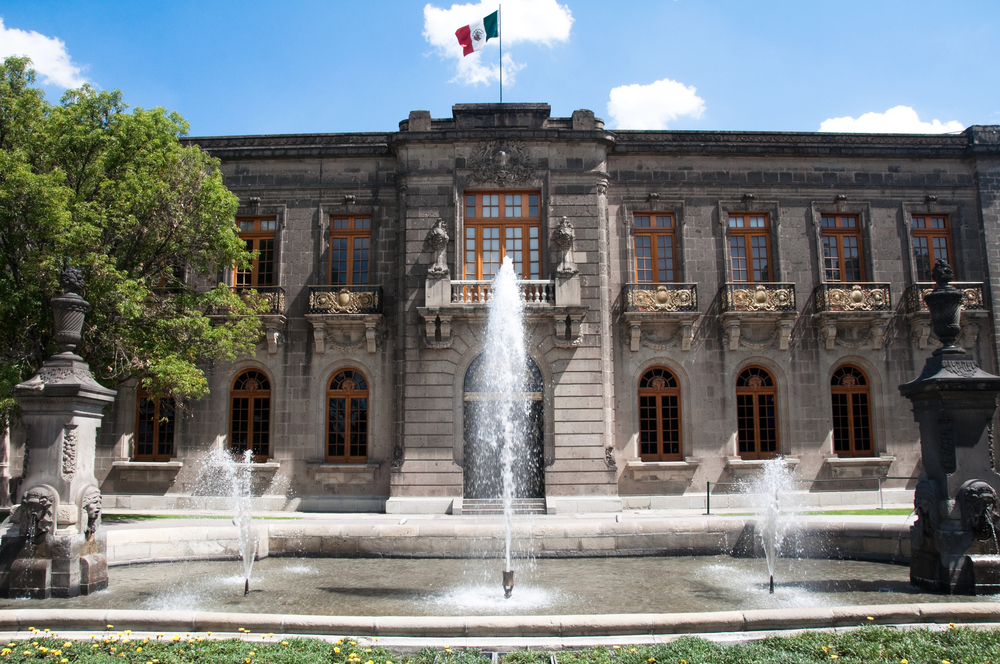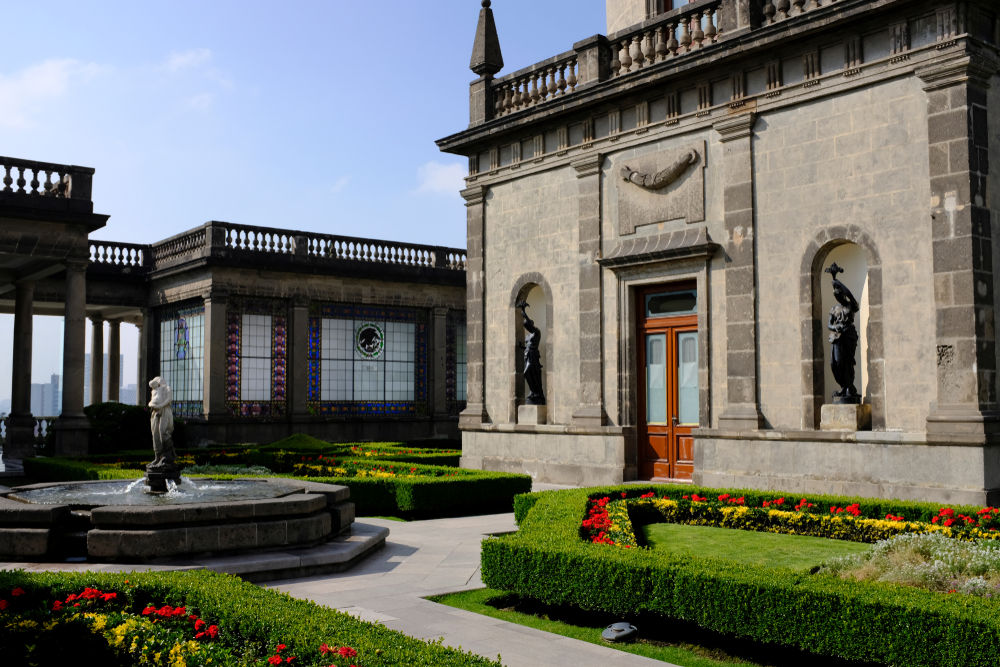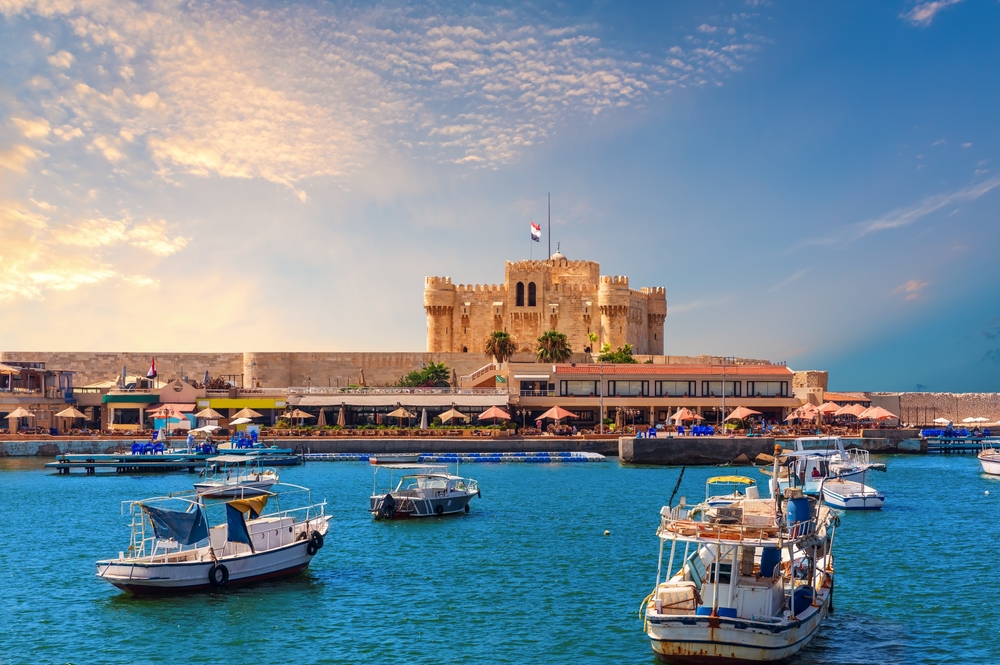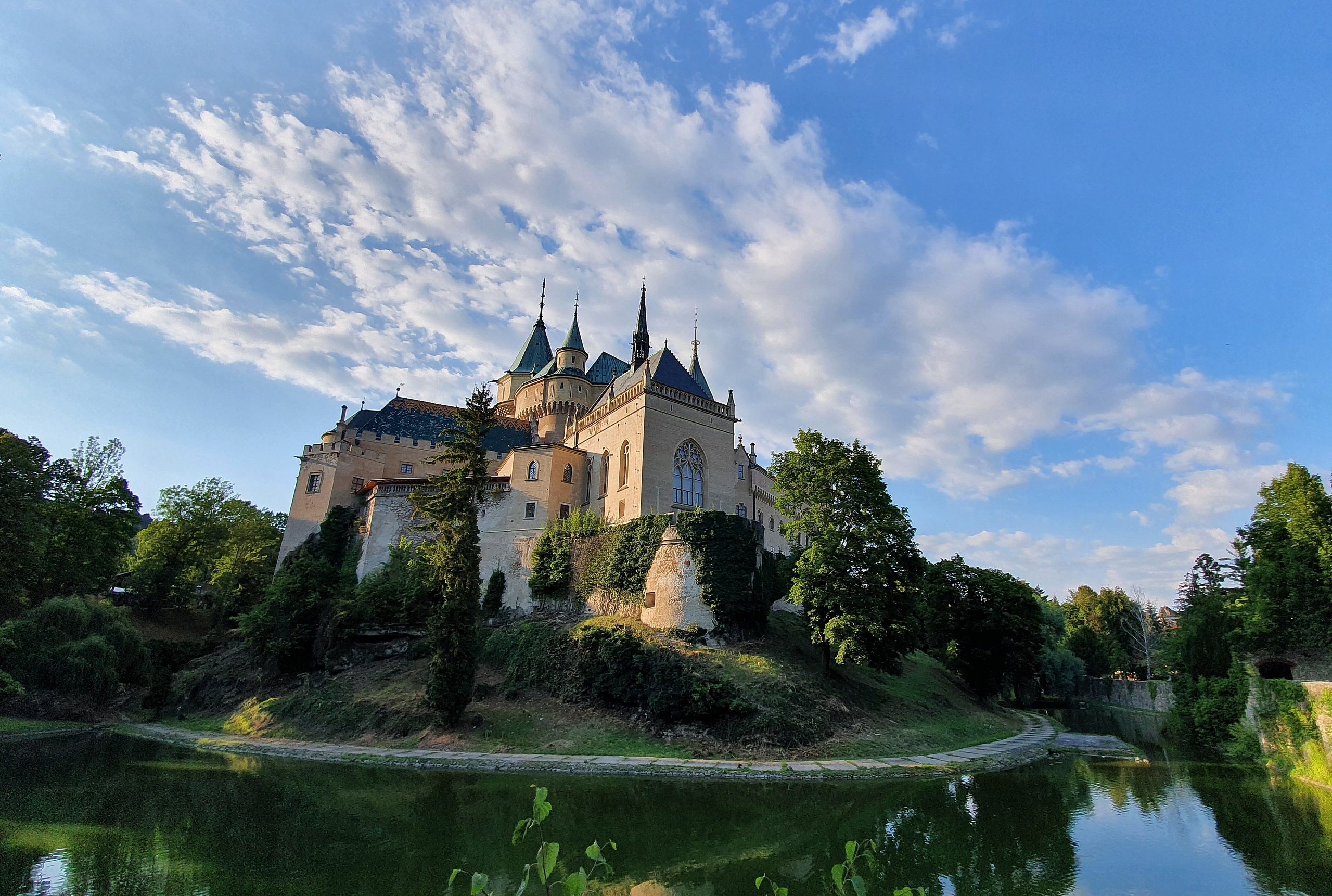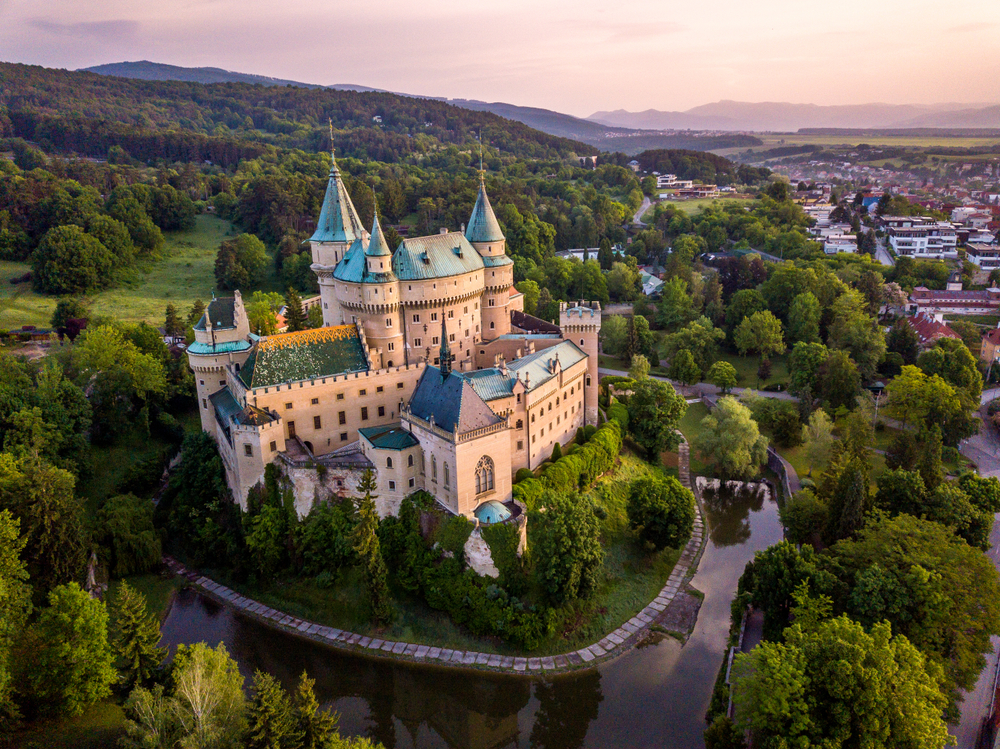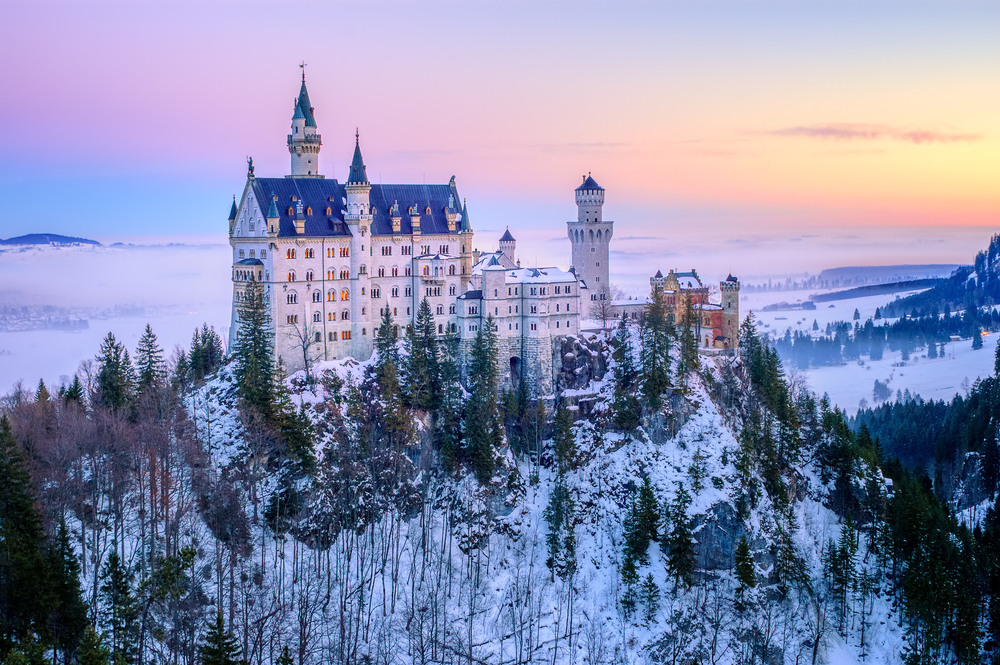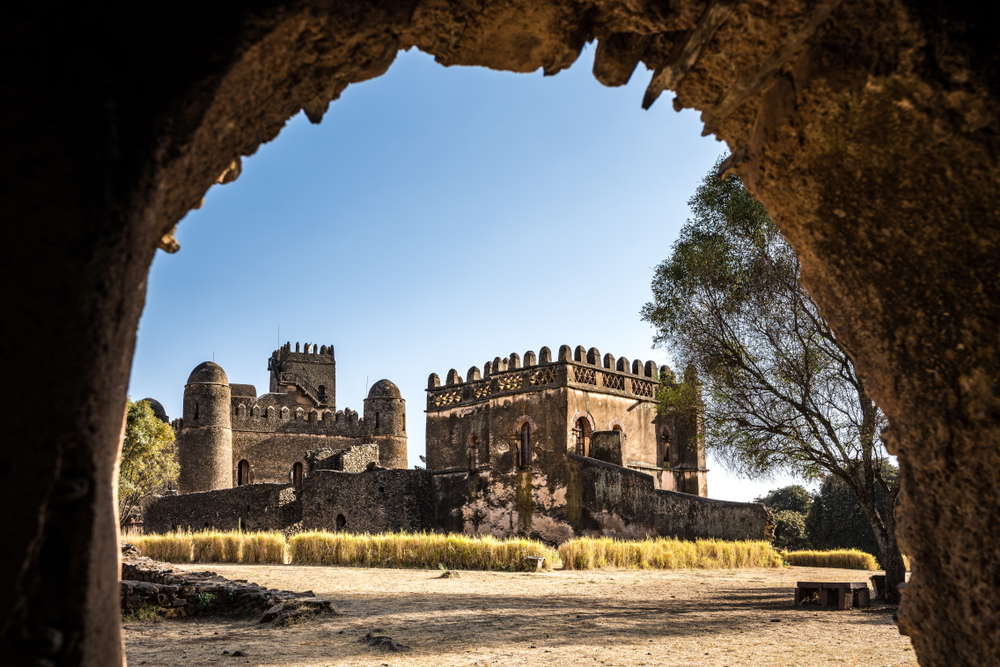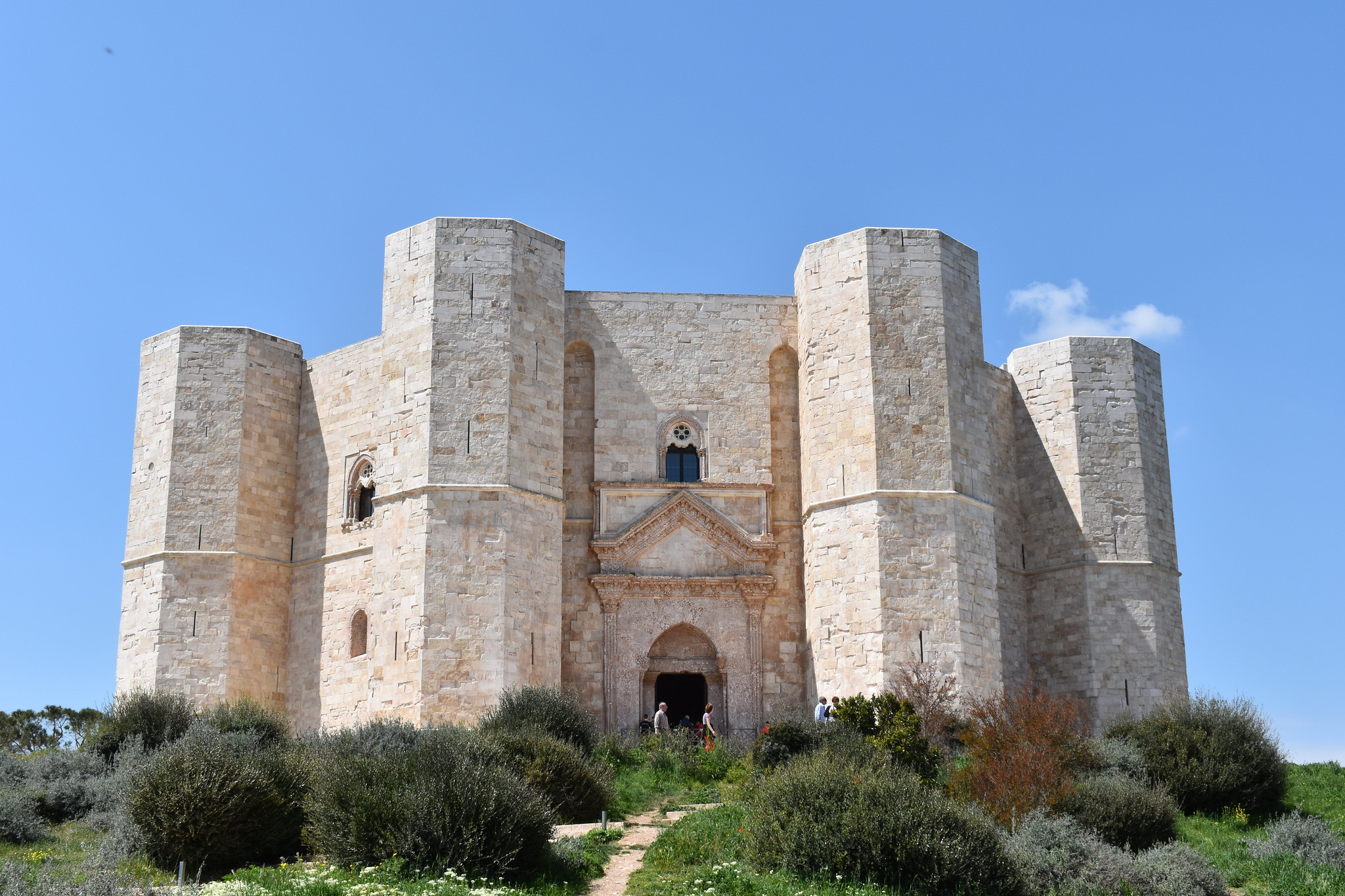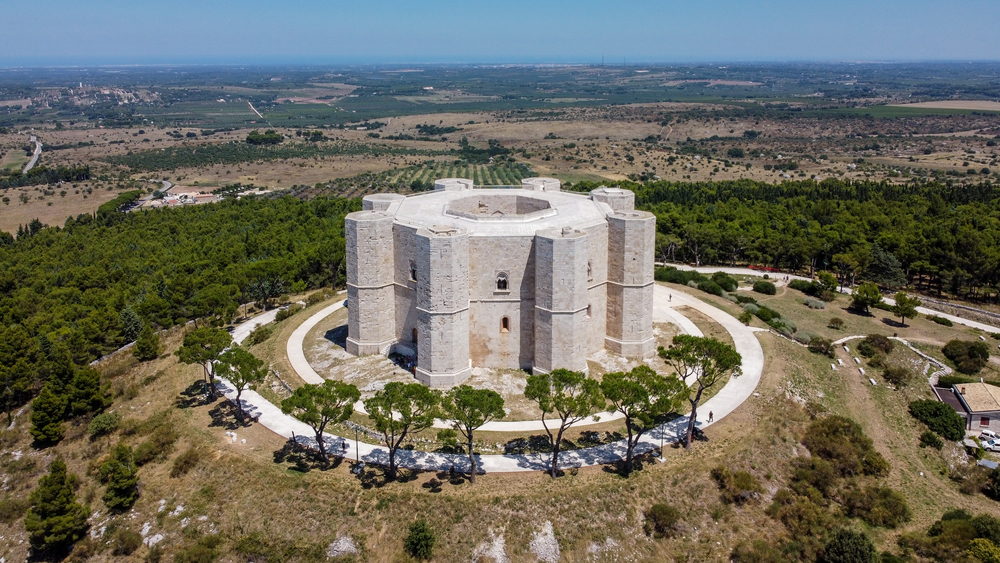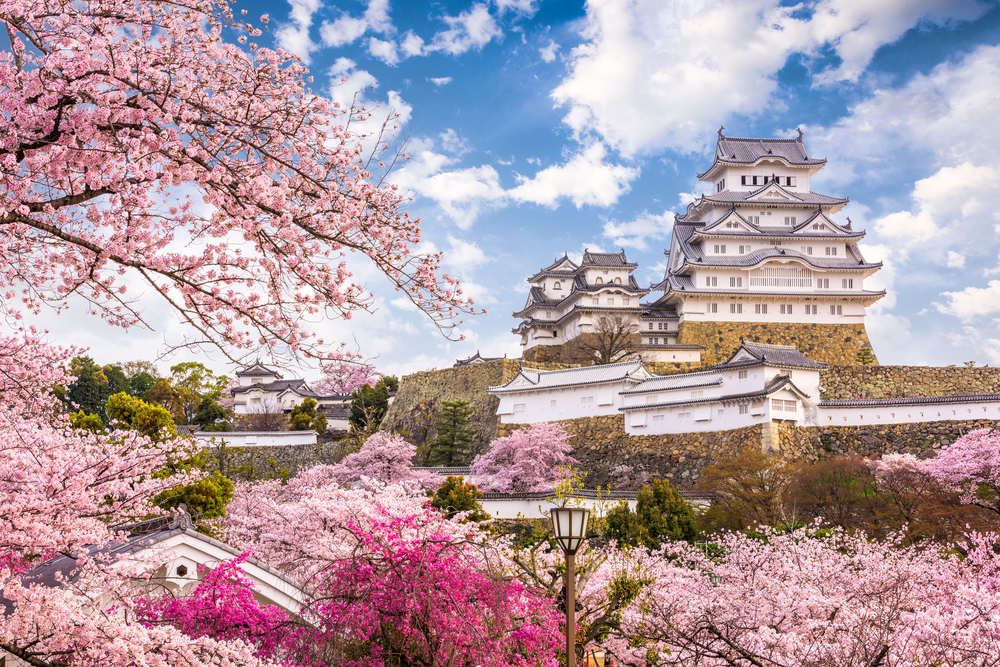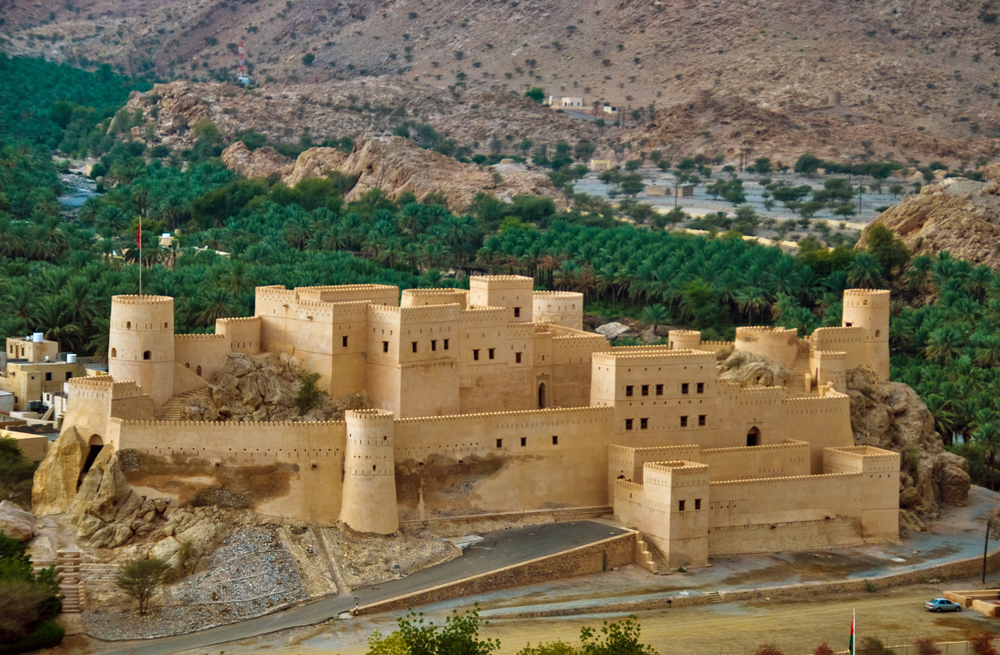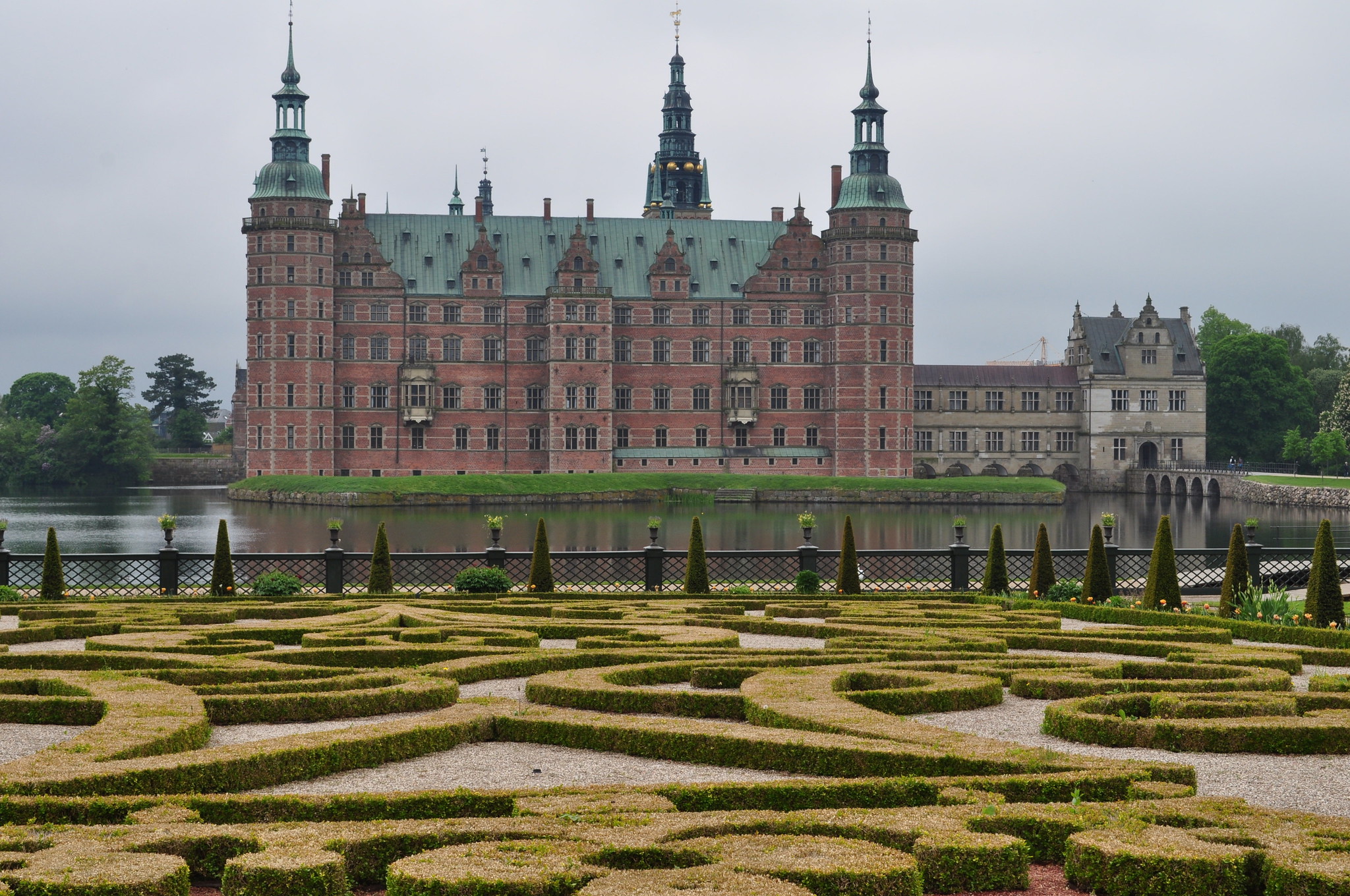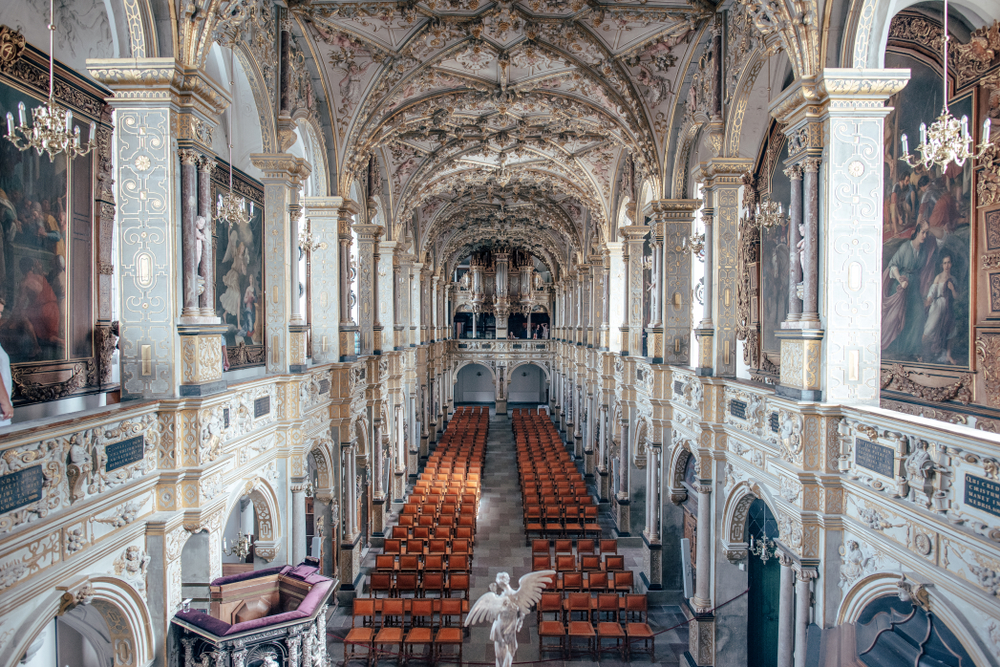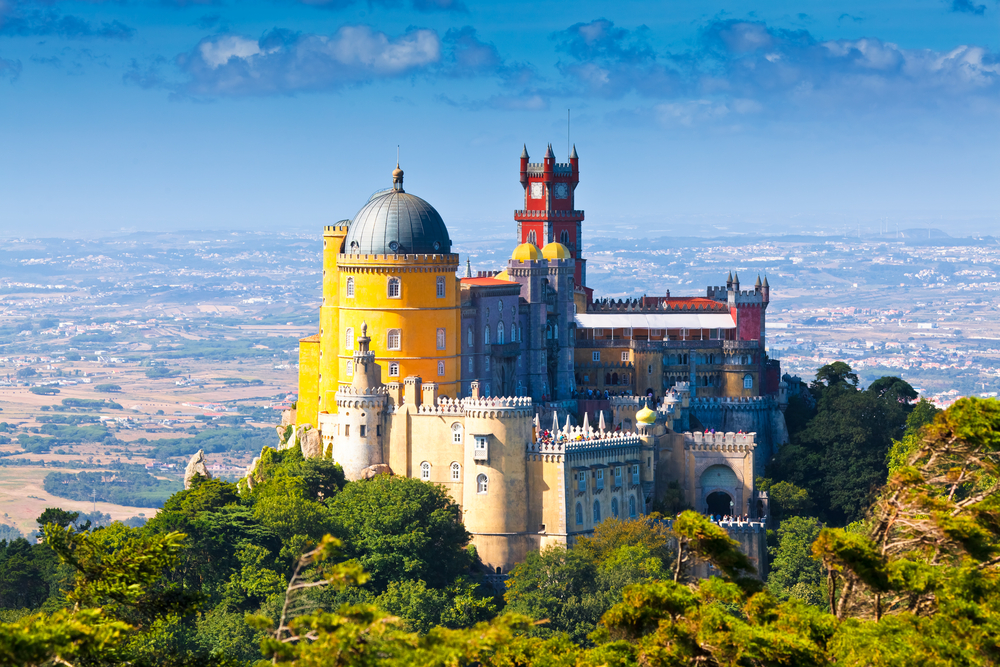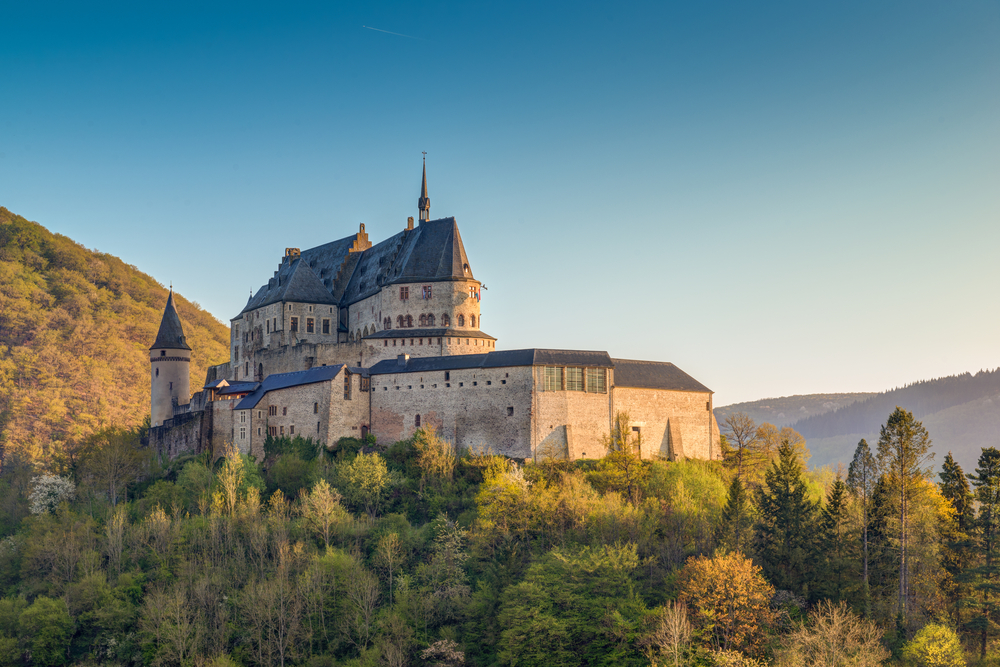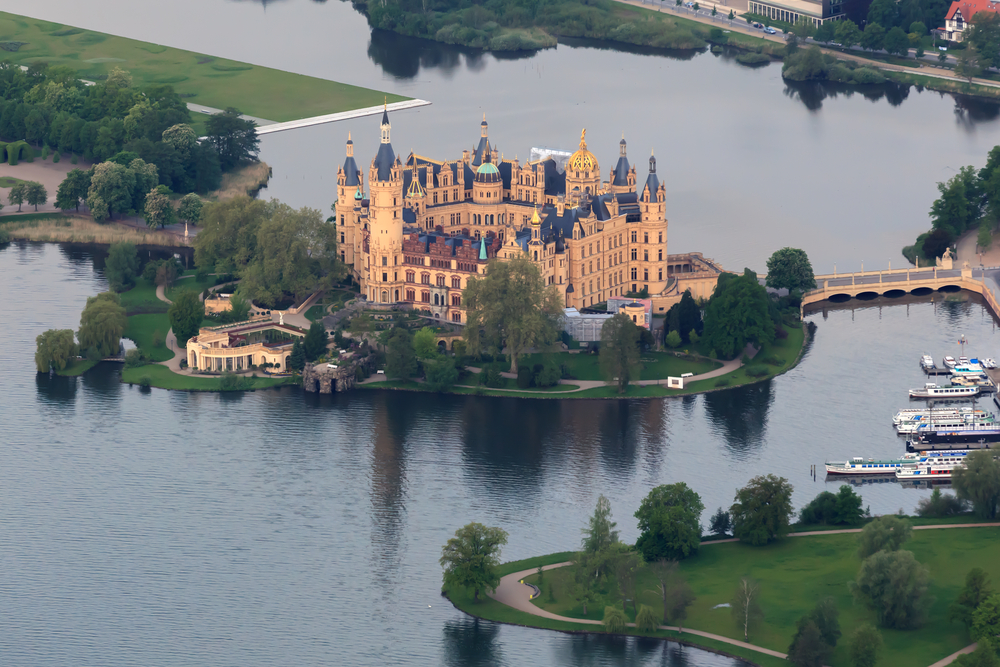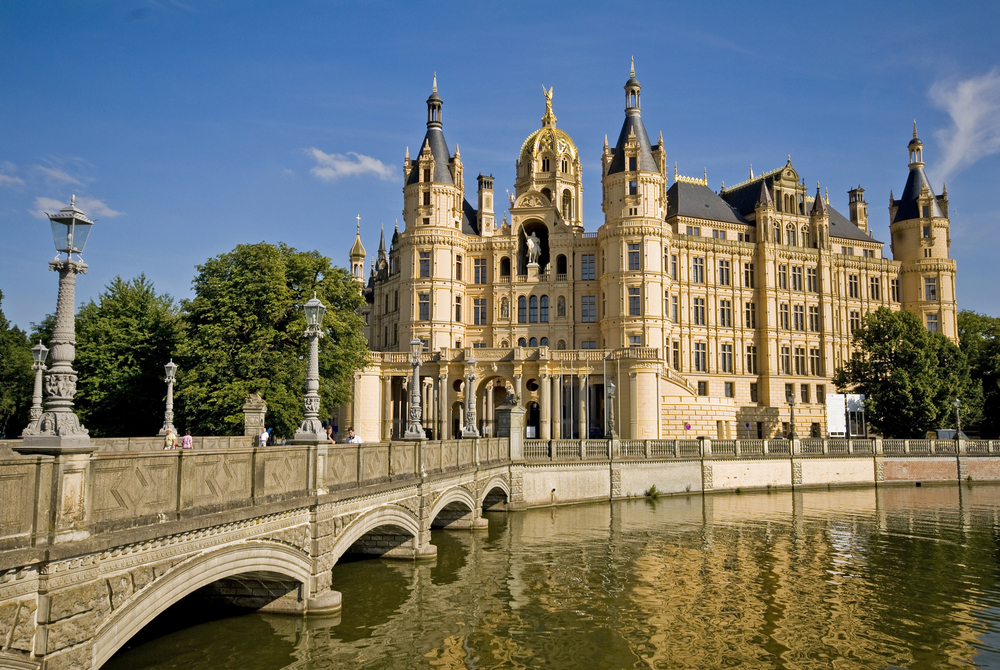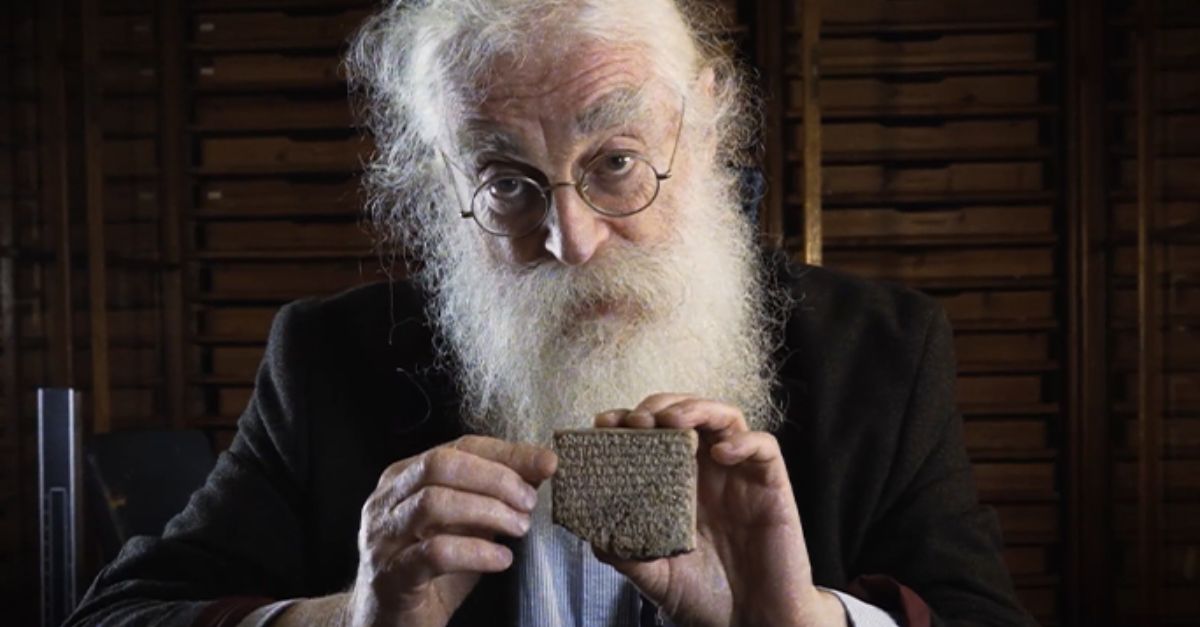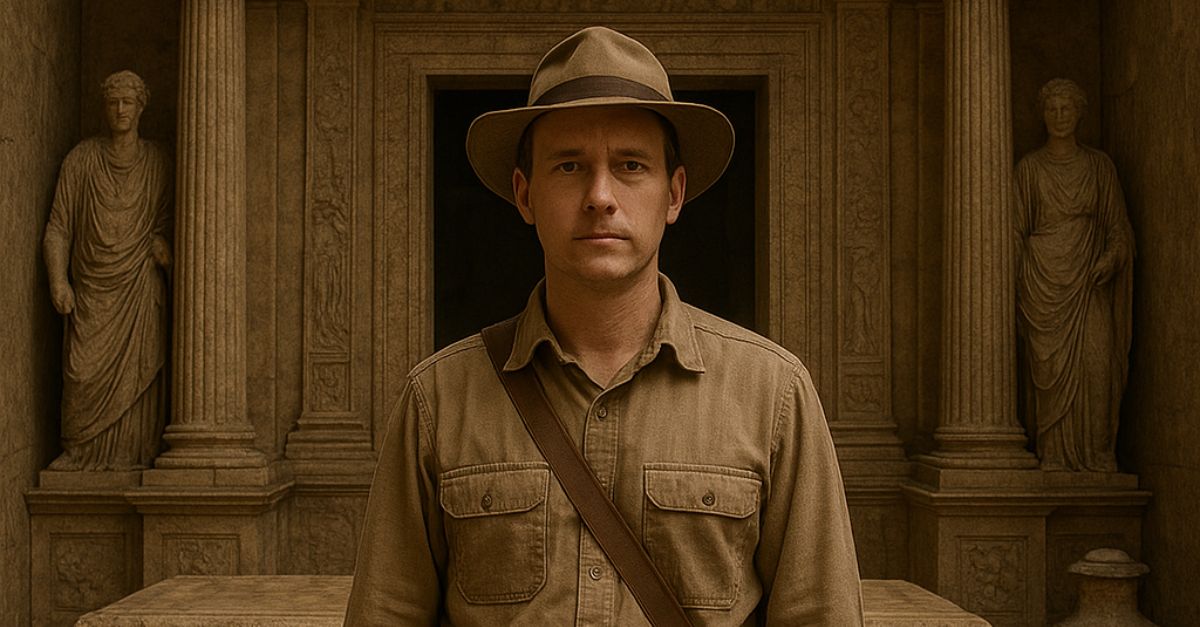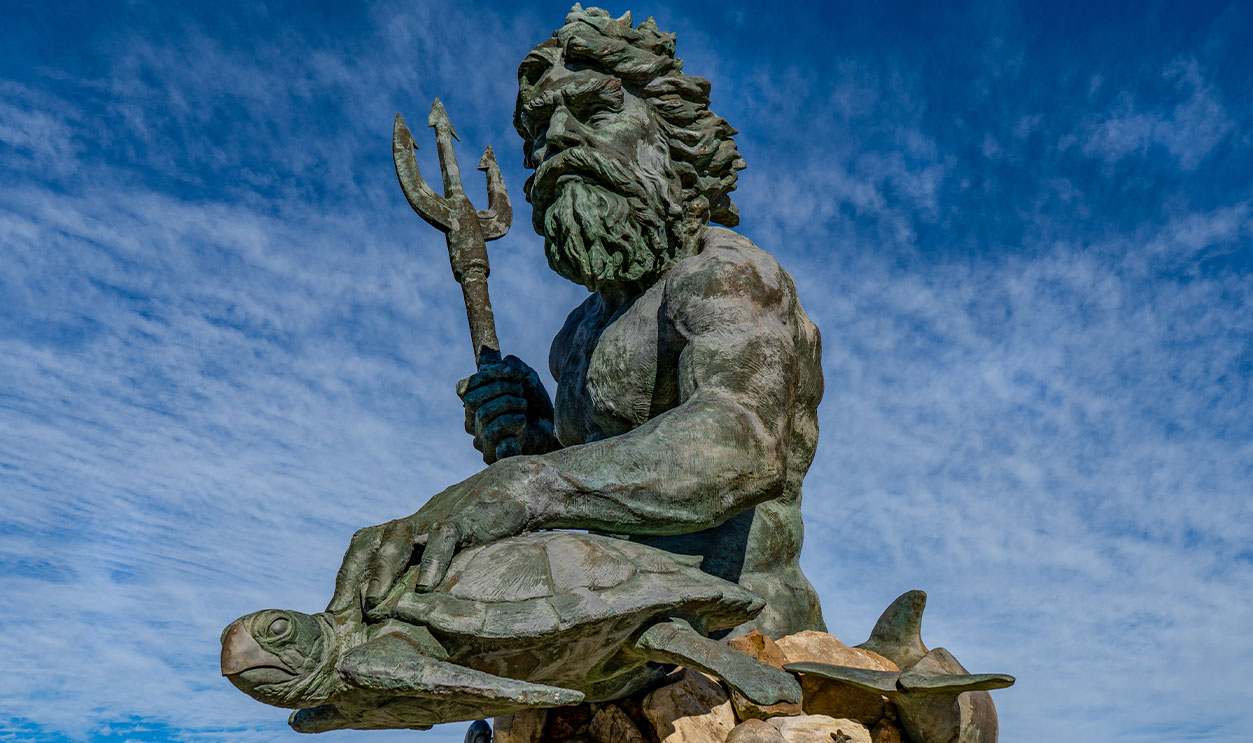The World’s Most Enchanting Castles
From storybook towers to grand halls that echo with history, the world is sprinkled with castles that feel straight out of a dream. Each one has its own charm—but a few are truly unforgettable.
Here are 20 of the most enchanting castles you’ll ever lay eyes on.

Château de Chenonceau—Chenonceaux, France
With its perfect gardens, walking onto the grounds of Château de Chenonceau feels like stepping into a fairy tale.
The castle was originally built in the 11th century, but the its most famous feature, the arched bridge, wasn’t built until the 16th century.
Diane de Poitiers, a mistress of Henry II, commissioned the construction of the bridge and it’s been popular among visitors ever since.
Château de Chenonceau—Chenonceaux, France (cont’d)
The castle was also the favorite residence of Henry II’s queen, Catherine de’ Medici.
It’s said that she often hosted parties at Château de Chenonceau, including the first fireworks display in France.
Bran Castle—Bran, Romania
Perched high between Transylvania and Wallachia, this dramatic fortress gained fame for inspiring Bram Stoker’s Dracula. Built in 1377, it was once home to the infamous Vlad the Impaler—the real-life figure behind the legend.
Bran Castle—Bran, Romania (cont’d)
When Transylvania became part of Romania, the castle was given to Queen Maria of Romania, and it was used a royal home until 1947.
In 1993, the castle was reopened to the public as a museum.
Matsumoto Castle—Matsumoto, Japan
With its jet-black walls and roofs, Matsumoto Castle is often called the “Crow Castle”.
Construction on the palace first started in 1504, when the ruling Ogasawara clan built it to ward off invaders.
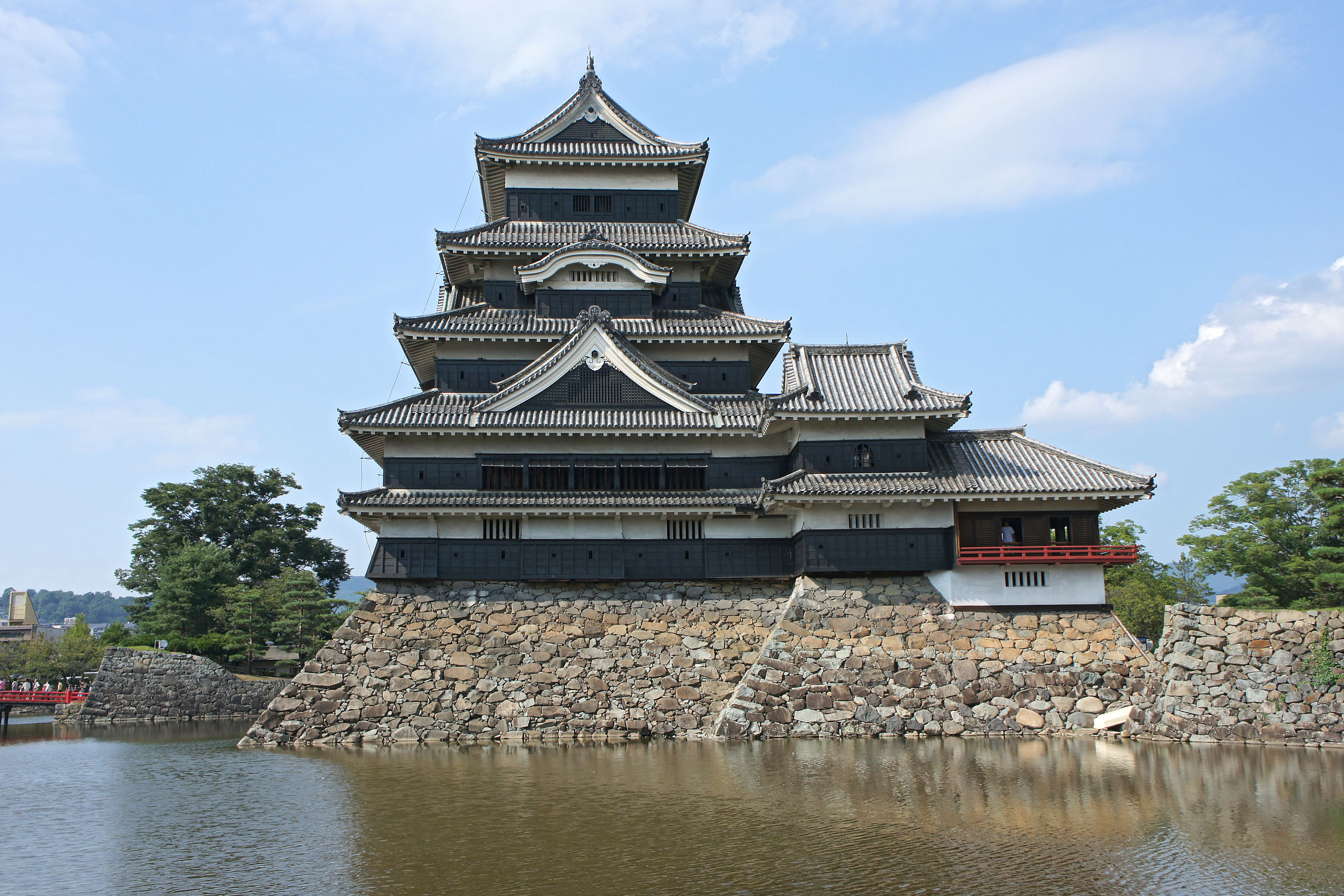 663highland, CC BY-SA 3.0, Wikimedia Commons
663highland, CC BY-SA 3.0, Wikimedia Commons
Matsumoto Castle—Matsumoto, Japan (cont’d)
In 1872, the castle was almost demolished as developers wanted the land to build housing complexes.
The locals protested the demolition, and the castle is now one of Japan’s national treasures. It’s also one of the last remaining daimyo castles in the country.
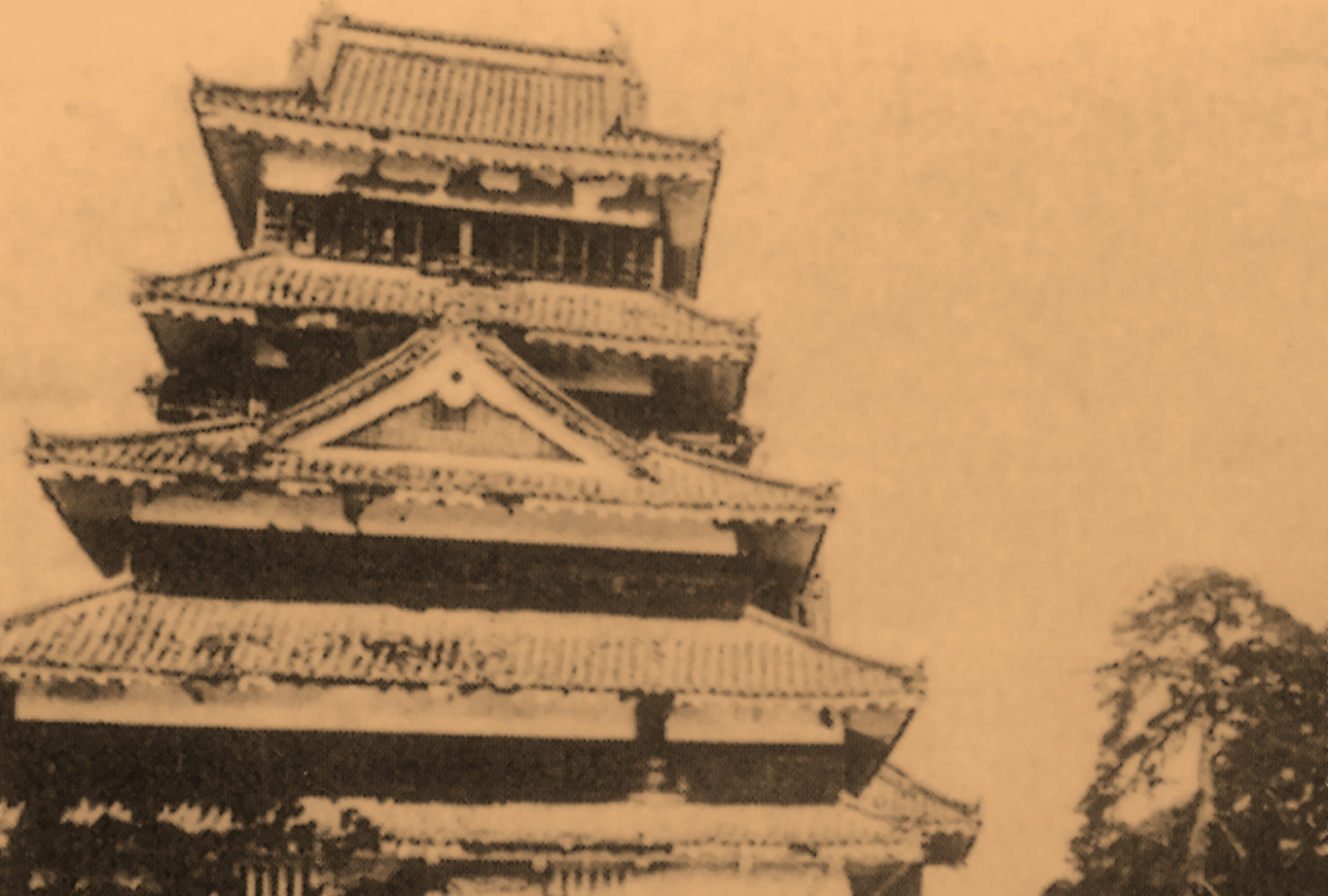 Unknown Author, Wikimedia Commons
Unknown Author, Wikimedia Commons
Alhambra—Granada, Spain
Rising above the city of Granada, The Alhambra is a breathtaking fortress that began construction in 1238 during the Islamic Naṣrid dynasty.
Over the centuries, it evolved into a vast complex that housed a royal palace, military quarters, and living spaces for members of the royal court.
Alhambra—Granada, Spain (cont’d)
In 1527, Charles V decided to build his palace inside the Alhambra, to signify Christian victory over Islam.
He built a renaissance-style palace at the site, though much of Alhambra’s original Moorish architecture can still be seen by visitors today.
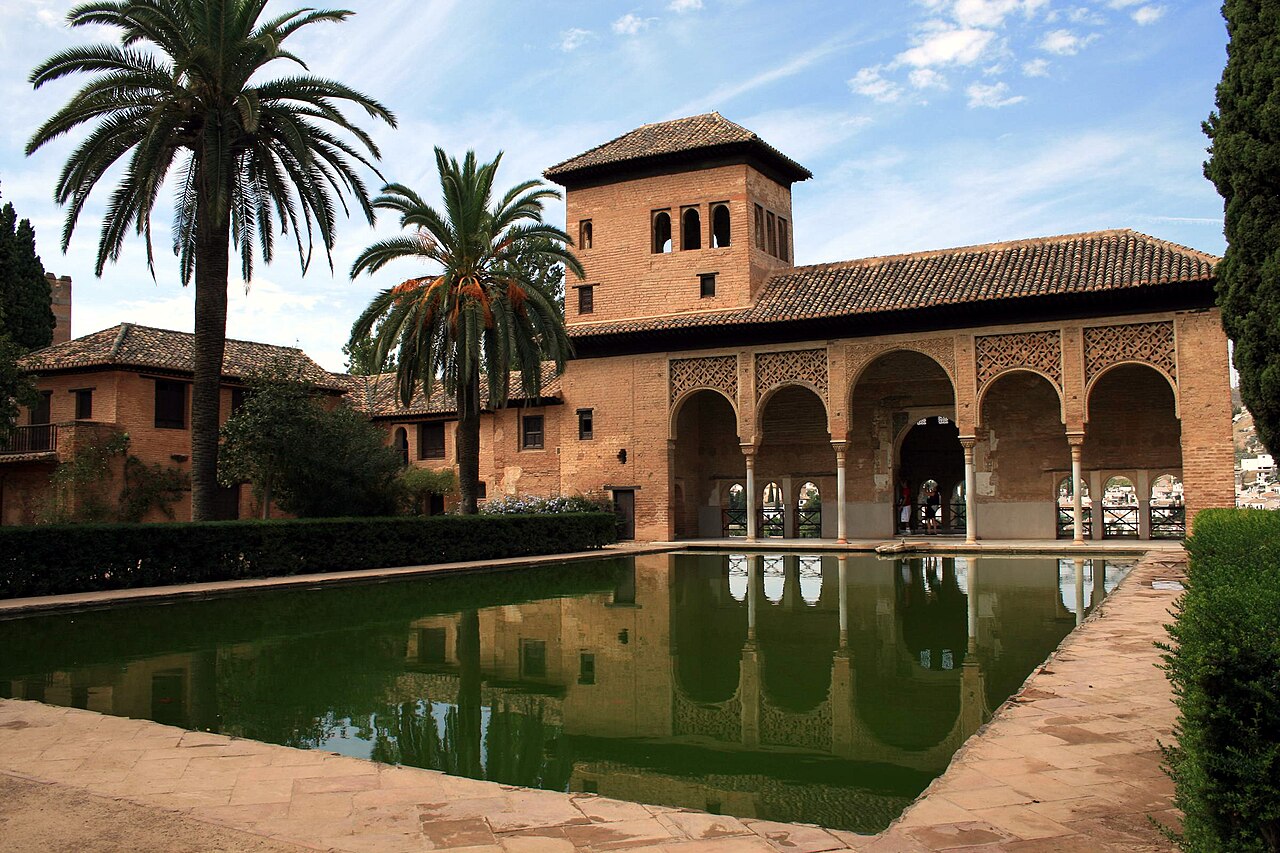 Jim Gordon, CC BY 2.0, Wikimedia Commons
Jim Gordon, CC BY 2.0, Wikimedia Commons
Edinburgh Castle—Edinburgh, Scotland
Archeological evidence suggests that people have lived at the site of Edinburgh Castle since the Iron Age.
The castle was first used by royalty in the 12th century, when King David I built St. Margaret’s Chapel to honor his mother.
Edinburgh Castle—Edinburgh, Scotland (cont’d)
Over the centuries, Edinburgh Castle has served as both a royal residence and a powerful military stronghold.
Today, it's one of Scotland’s top tourist attractions, where visitors can explore historic grounds and view iconic relics like the Stone of Destiny.
Peleș Castle—Sinaia, Romania
This renaissance-style royal summer house was commissioned by King Carol I in the 1860s.
It features 160 rooms, each with their own unique theme.
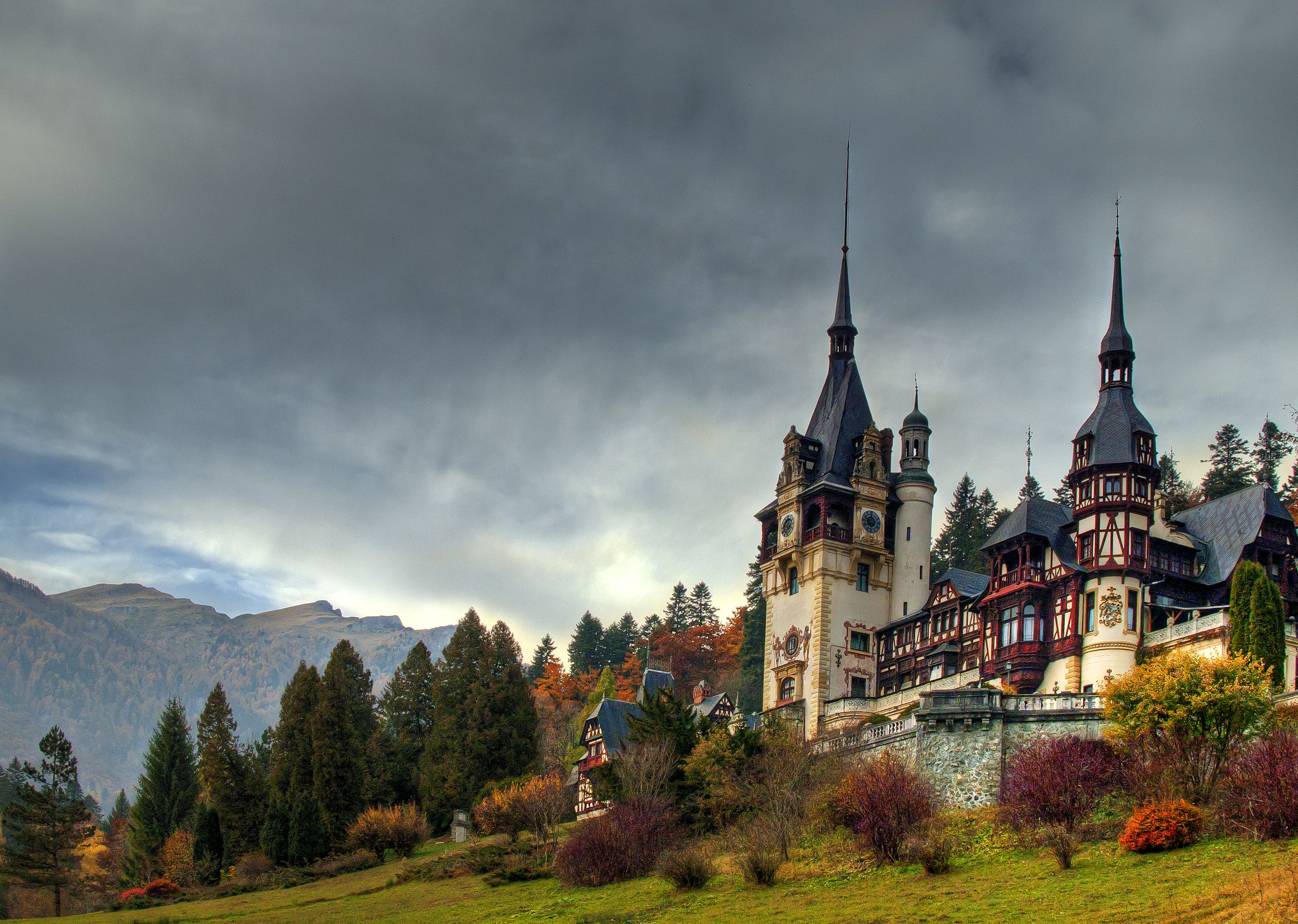 TiberiuSahlean, CC BY-SA 3.0, Wikimedia Commons
TiberiuSahlean, CC BY-SA 3.0, Wikimedia Commons
Peleș Castle—Sinaia, Romania (cont’d)
Peleș Castle was the favored residence of the royal family, but the castle was abandoned when Romania fell to the Communists.
In 1989, the castle was reopened and made into a museum.
Chapultepec Castle—Mexico City, Mexico
Chapultepec Castle was built in 1785 to be the home for the new commander of what was once New Spain.
After the Mexican War of Independence, it was used a military base, before returning to its prior use a presidential home.
Chapultepec Castle—Mexico City, Mexico (cont’d)
For years, Chapultepec Castle served as the residence of Mexico’s leaders.
That changed in 1934, when President Lázaro Cárdenas ended the tradition and transformed the historic palace into a museum.
Red Fort—Delhi, India
When Mughal Emperor Shah Jahan moved his capital to Delhi, he started construction on Red Fort.
Built from red sandstone, the fort features a combination of traditional Mughal architecture with Hindu, Persian, and Timurid designs.
 Mahesh Bhanupanth, CC BY-SA 3.0, Wikimedia Commons
Mahesh Bhanupanth, CC BY-SA 3.0, Wikimedia Commons
Red Fort—Delhi, India (cont’d)
When India gained independence from Britain, Red Fort was where the first Indian Prime Minister, Jawaharlal Nehru, delivered his iconic “Tryst with Destiny” speech.
This tradition has continued and every year on Independence Day, the prime minister makes a speech from atop the walls of Red Fort.
 Unknown Author, Wikimedia Commons
Unknown Author, Wikimedia Commons
Qaitbay Fort—Alexandria, Egypt
In 1477, Sultan Al-Ashraf Qaitbay learned that Ottoman troops were approaching the city of Alexandria.
The sultan quickly constructed Qaitbay Fort using the ruins of the legendary Pharos Lighthouse.
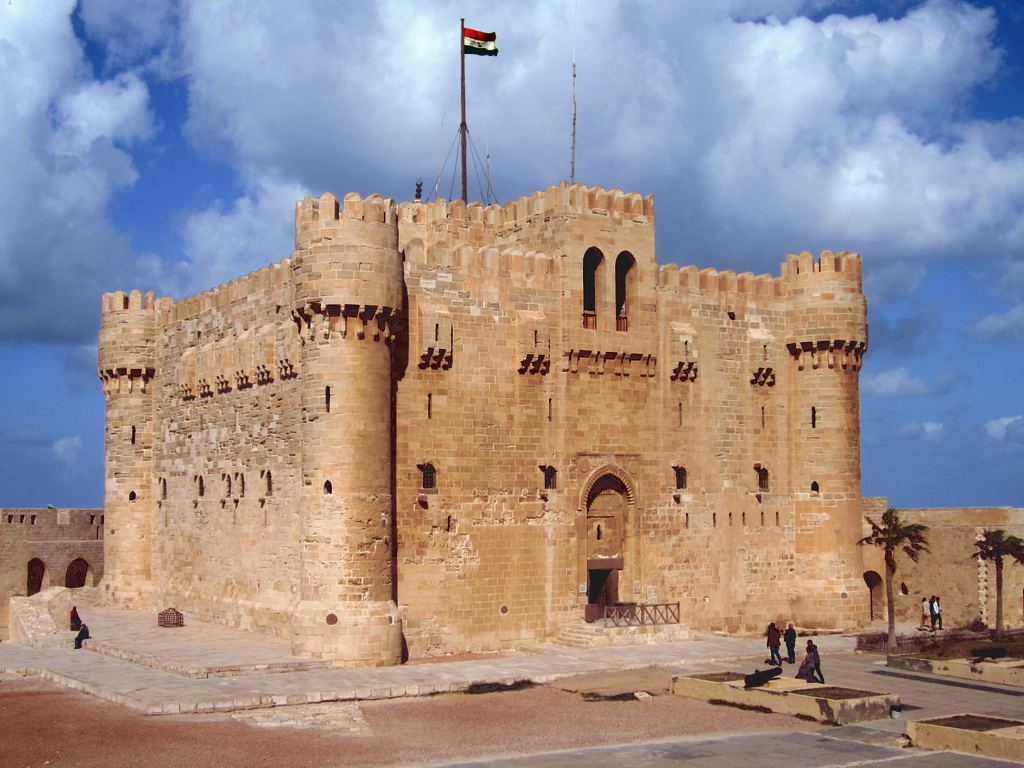 D-Stanley, CC BY 2.0, Wikimedia Commons
D-Stanley, CC BY 2.0, Wikimedia Commons
Qaitbay Fort—Alexandria, Egypt (cont’d)
Though the Ottomans conquered Egypt, Qaitbay Fort continued to serve as a military base until much of it was destroyed by the British in 1882.
Since then, the Egyptian government has restored much of the fort, transforming it into a maritime museum.
Bojnice Castle—Bojnice, Slovakia
From historical records, it seems like this castle began as a wooden fort in 1113.
By the 16th century, stone had replaced the wood and took the form of the Gothic castle that stills stands today.
Bojnice Castle—Bojnice, Slovakia (cont’d)
Bojnice Castle has captivated the hearts of tourists for its fairy tale aesthetics, like enchanting tapestries and antique decorations.
It’s now one of the most visited castles in all of Europe.
Neuschwanstein Castle—Schwangau, Germany
After losing much of his power following Prussia’s victory in the Austro-Prussian War, King Ludwig II sought solace in a grand retreat.
In 1868, he commissioned the construction of Neuschwanstein Castle, envisioning it as a welcoming haven for guests, complete with stunning views of the Tyrol mountains.
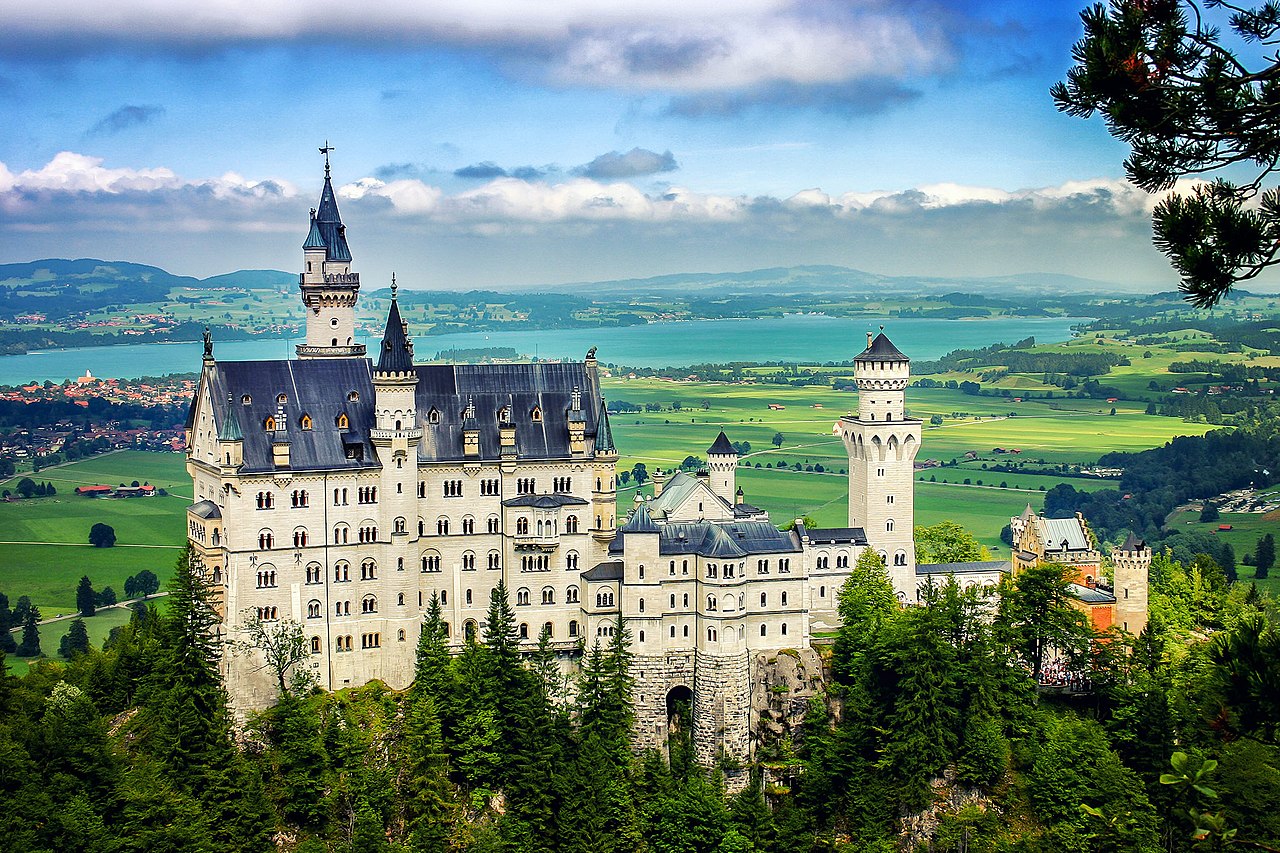 Impracticaljokeman, CC BY-SA 4.0, Wikimedia Commons
Impracticaljokeman, CC BY-SA 4.0, Wikimedia Commons
Neuschwanstein Castle—Schwangau, Germany (cont’d)
Unfortunately, King Ludwig never saw the final version of the castle.
Known as the “castle of the fairy-tale king”, Neuschwanstein opened in 1886 and has been one of the most popular castles in Europe ever since.
Fasil Ghebbi—Gondar, Ethiopia
Fasil Ghebbi was commissioned in 1636, when Emperor Fasilides made Gondar the new capital of his empire.
Before this, Ethiopian emperors lived like nomads, taking shelter and food from locals that they stayed with.
The construction of Fasil Ghebbi marked a change to a more sedentary lifestyle for Ethiopian rulers.
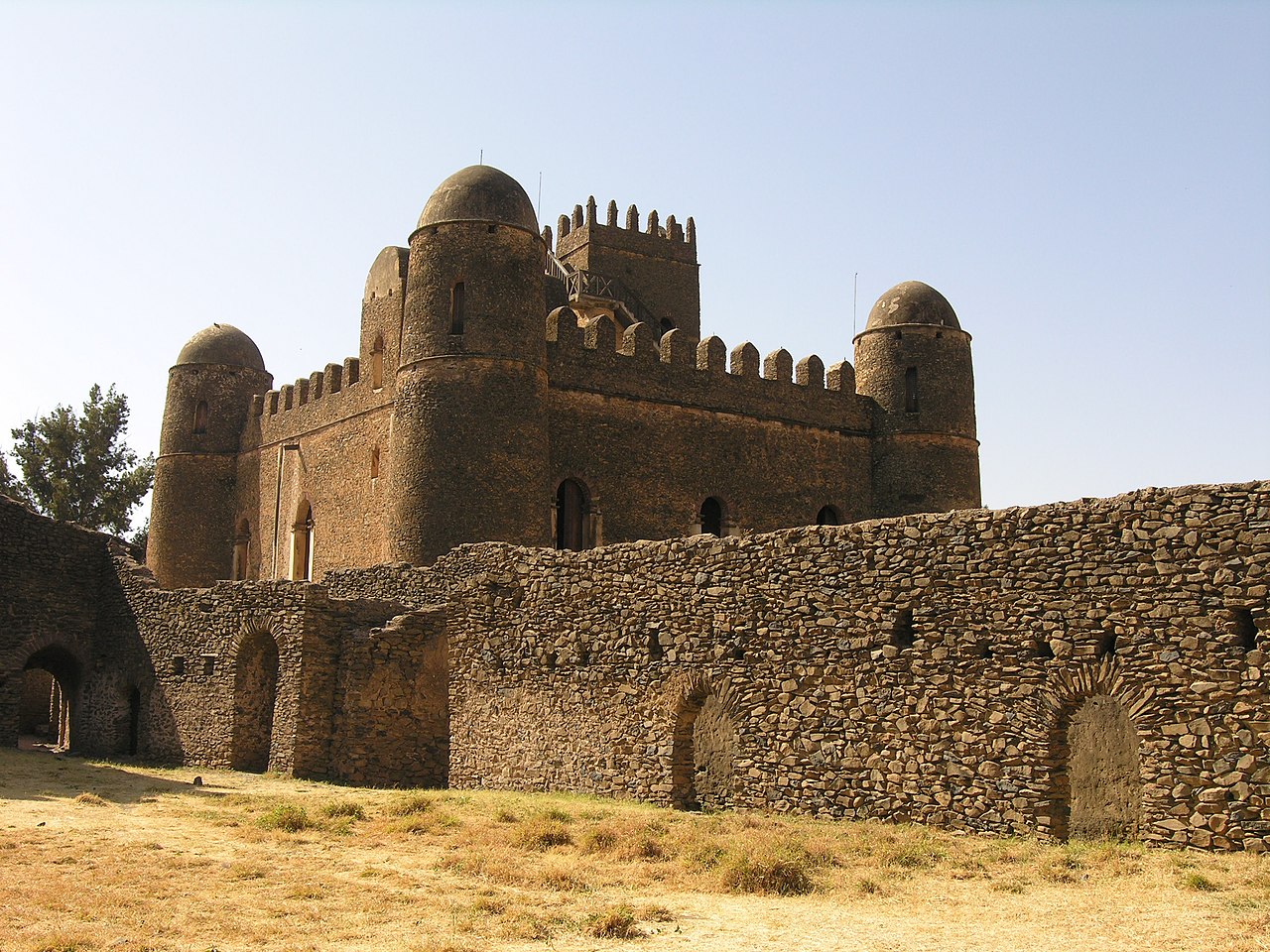 Francesco Bandarin, CC BY-SA 3.0, Wikimedia Commons
Francesco Bandarin, CC BY-SA 3.0, Wikimedia Commons
Fasil Ghebbi—Gondar, Ethiopia (cont’d)
Each emperor after Fasilides added to the castle, and it was Fasilides grandson, Iyasu the Great who added the ivory sculptures and jeweled ceilings that are often mentioned in historical records.
Over the years, Fasil Ghebbi has withstood earthquakes and bombings during WWII.
After rebuilding the palace to its former glory, it was named a UNESCO World Heritage Site in 1979.
Castel del Monte—Andria, Italy
The reason remains a mystery, but in 1240, Holy Roman Emperor Frederick II commissioned the construction of Castel del Monte.
Located in a remote, defenseless area, the castle was abandoned by the emperor shortly after its completion.
Castel del Monte—Andria, Italy (cont’d)
Despite being mostly unused, the castle is famous for being an incredible example of medieval architecture.
It has a unique octagonal layout with towers at each corner featuring trapezoidal rooms.
Many think the design of the castle is symbolic reference to the Holy Grail and God’s relationship with humanity.
Himeji Castle—Himeji, Japan
With its early 17th-century Japanese architecture and white walls, Himeji is often said to look like a flying bird and has been called “White Heron Castle”.
The castle was built in 1346 to hold off enemy shoguns and has 83 buildings with state-of-the-art defenses. But it was never actually used in combat.
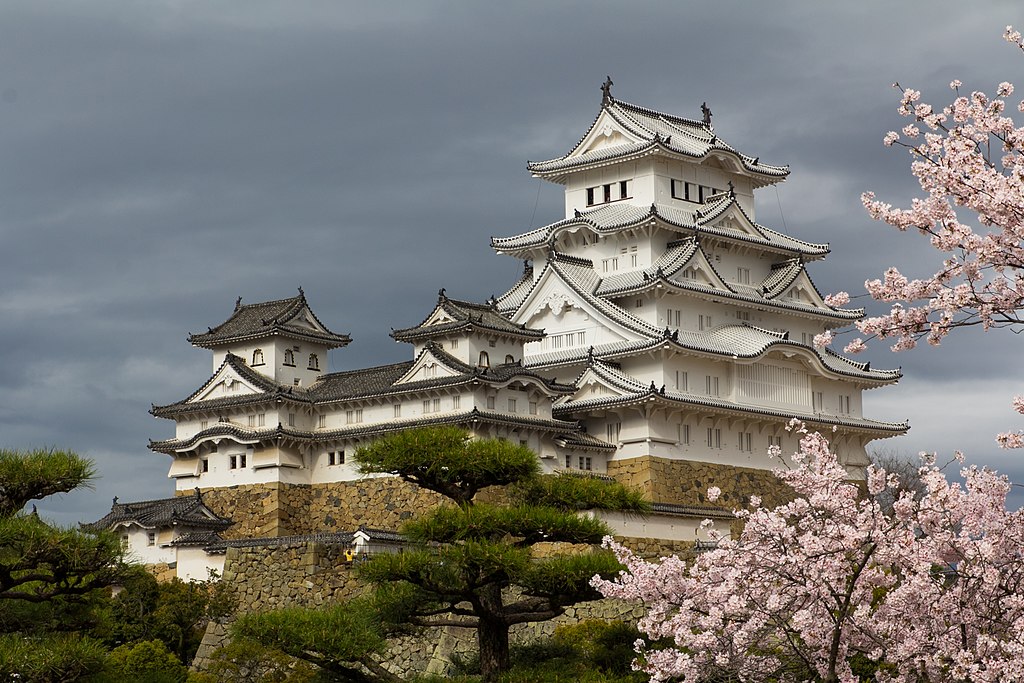 Oren Rozen, CC BY-SA 4.0, Wikimedia Commons
Oren Rozen, CC BY-SA 4.0, Wikimedia Commons
Himeji Castle—Himeji, Japan (cont’d)
Himeji Castle has primarily served as a residence for the Japanese imperial family.
In 1931, it was designated a national treasure, and today, visitors can explore its grand halls and serene cherry blossom garden on guided tours.
Nakhal Fort—Nakhal, Oman
Nakhal Fort immediately catches the eye for its unusual shape. Predating the Islamic era, the castle was originally built around a large boulder near the base of Mount Nakhal.
Initially, the fort was built to protect trade routes, but over time, a mosque, reception halls, and residential quarters were added to the complex.
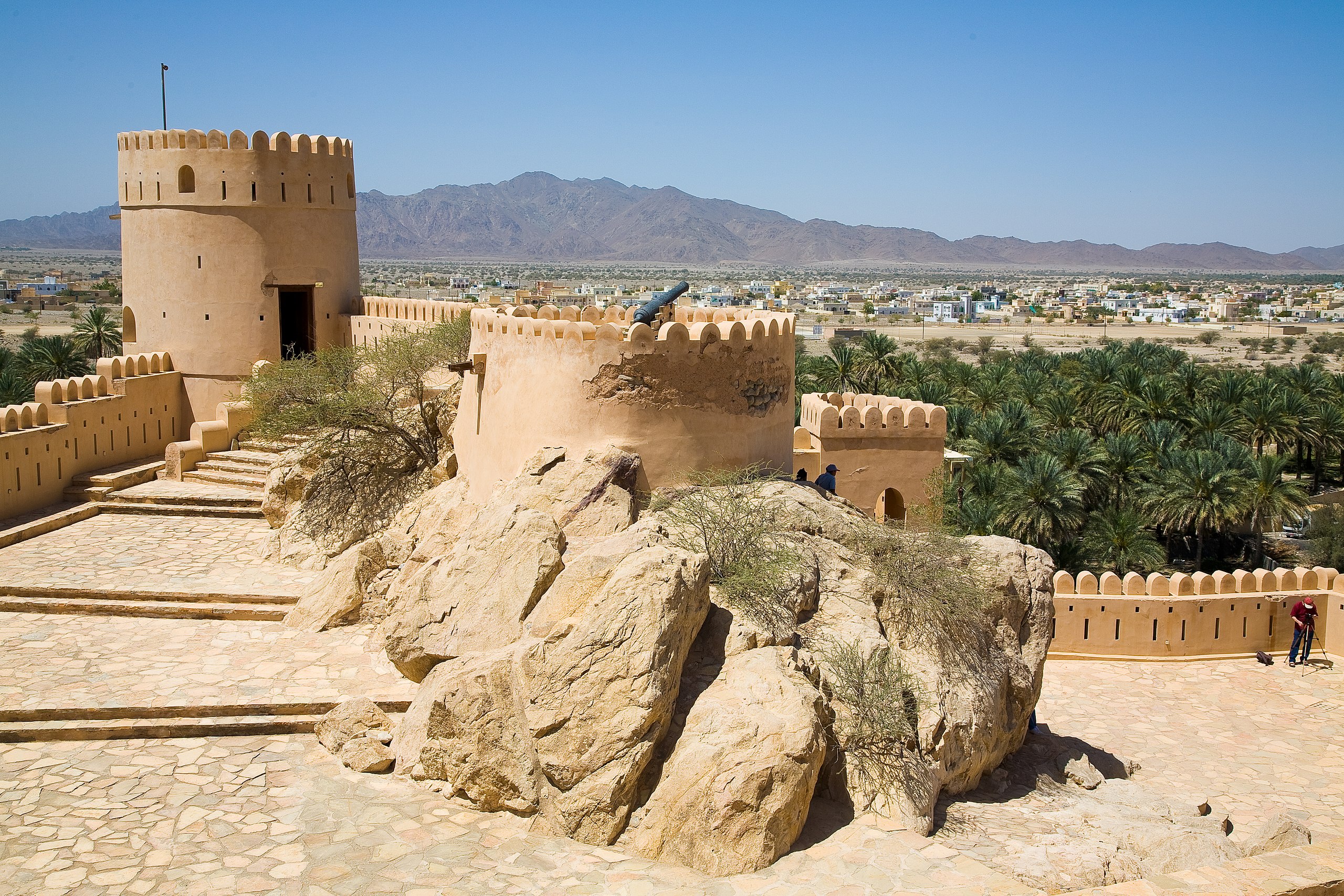 Andries Oudshoorn, CC BY-SA 2.0, Wikimedia Commons
Andries Oudshoorn, CC BY-SA 2.0, Wikimedia Commons
Nakhal Fort—Nakhal, Oman (cont’d)
Nowadays, Nakhal Fort stands as a museum, where travelers can see incredible artifacts.
Fridays are usually the most fun days to visit, since that’s when the fort is home to a weekly market with lots of friendly goats waiting to greet people.
Frederiksborg Castle in Hillerød, Denmark
Frederiksborg Castle was built by King Christian IV to symbolize his power as the king of both Denmark and Norway.
For 100 years, it was home to the royal family, until a fire destroyed much of the castle in 1859.
Frederiksborg Castle in Hillerød, Denmark (cont’d)
The fire left only the audience chamber and chapel standing, but thanks to a nationwide fundraising effort, the castle was rebuilt.
In 1978, it reopened as the Museum of National History, now home to a stunning collection of historical portraits and paintings showcasing the castle’s former grandeur.
Château de Chambord—Chambord, France
Built in 1519 as a hunting lodge for King François I, this magnificent château has over 400 rooms, 280 fireplaces, 80 staircases, and even a decorative moat.
The king was a fan of Leonardo da Vinci work, and certain aspects of the castle, like its double helix staircase, where inspired by the artist.
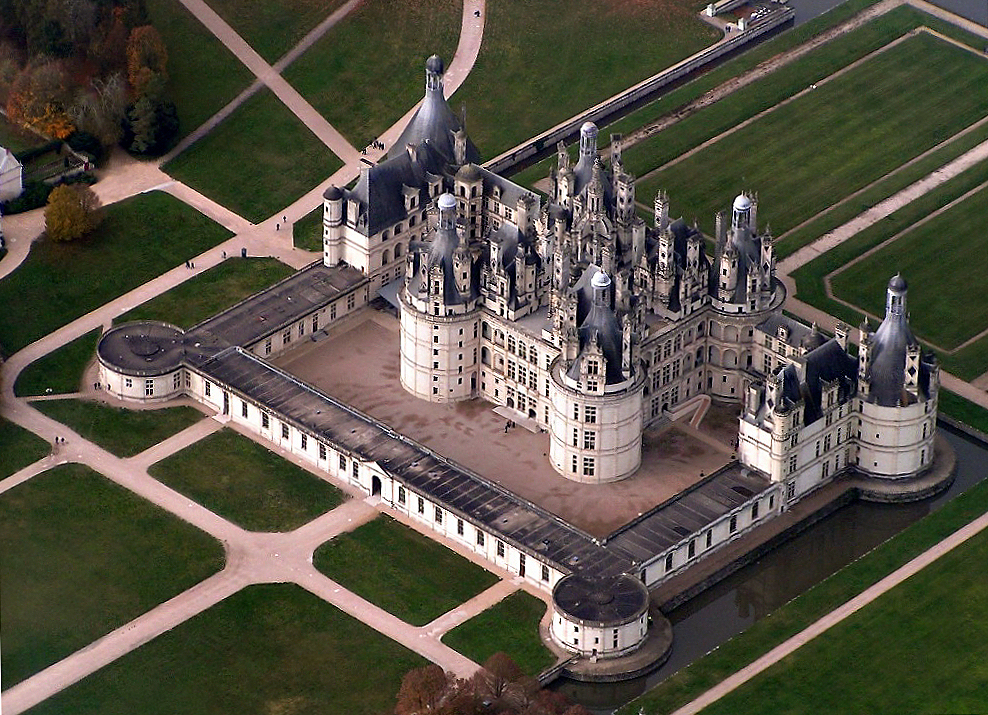 Elementerre, CC BY-SA 3.0 , Wikimedia Commons
Elementerre, CC BY-SA 3.0 , Wikimedia Commons
Château de Chambord—Chambord, France (cont’d)
In the end, King François thought the palace was too luxurious and he only stayed there a few times during his reign.
Now the château hosts different events throughout the year, so tourists can explore these magnificent halls and learn more about the history of the building.
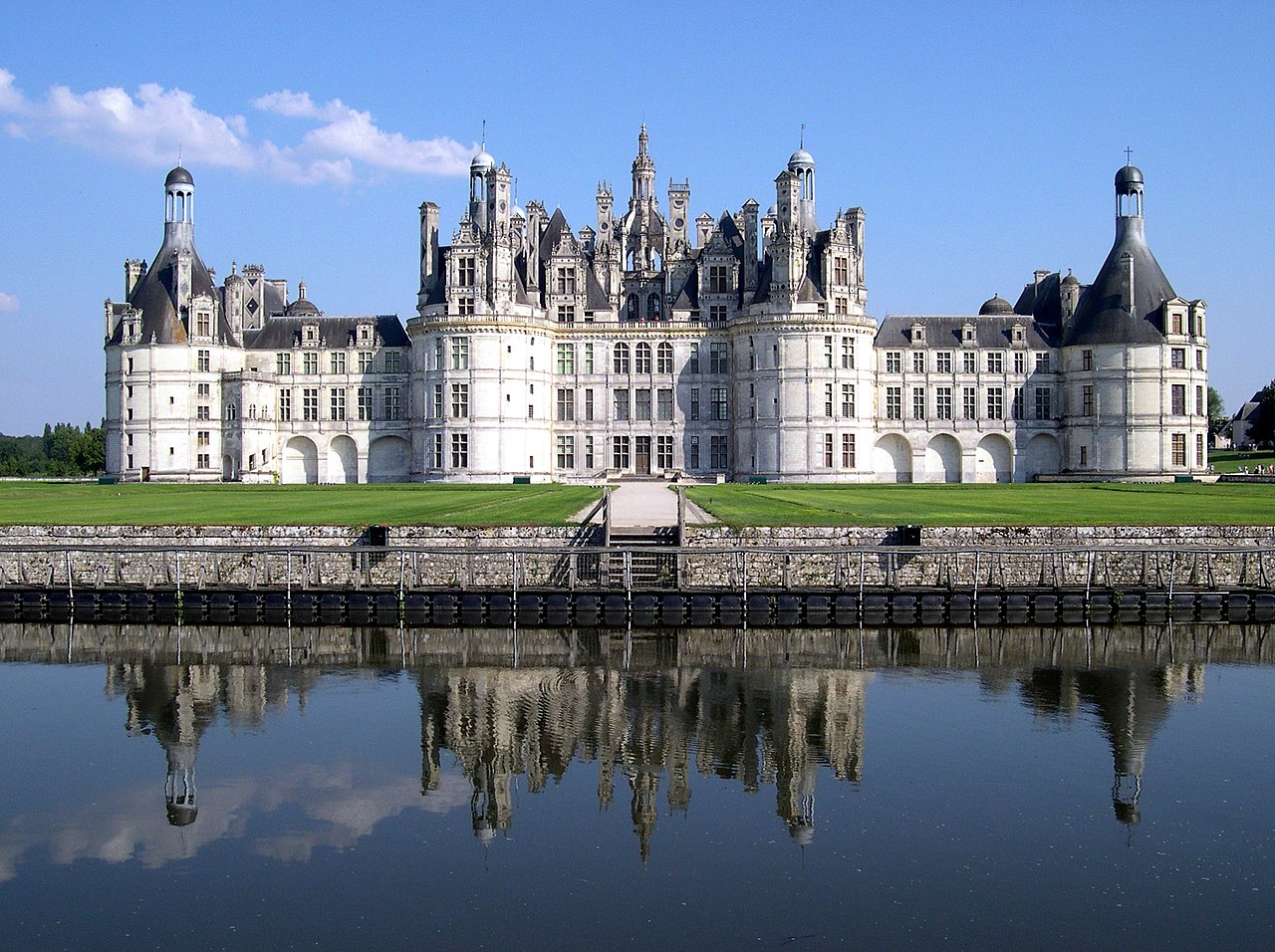 Calips assumed, CC BY-SA 3.0, Wikimedia Commons
Calips assumed, CC BY-SA 3.0, Wikimedia Commons
Pena National Palace—Sintra, Portugal
Pena National Palace once served as the summer residence of King Ferdinand II.
Its design blends European and Middle Eastern Baroque influences, making it a striking example of Portuguese Romanticism.
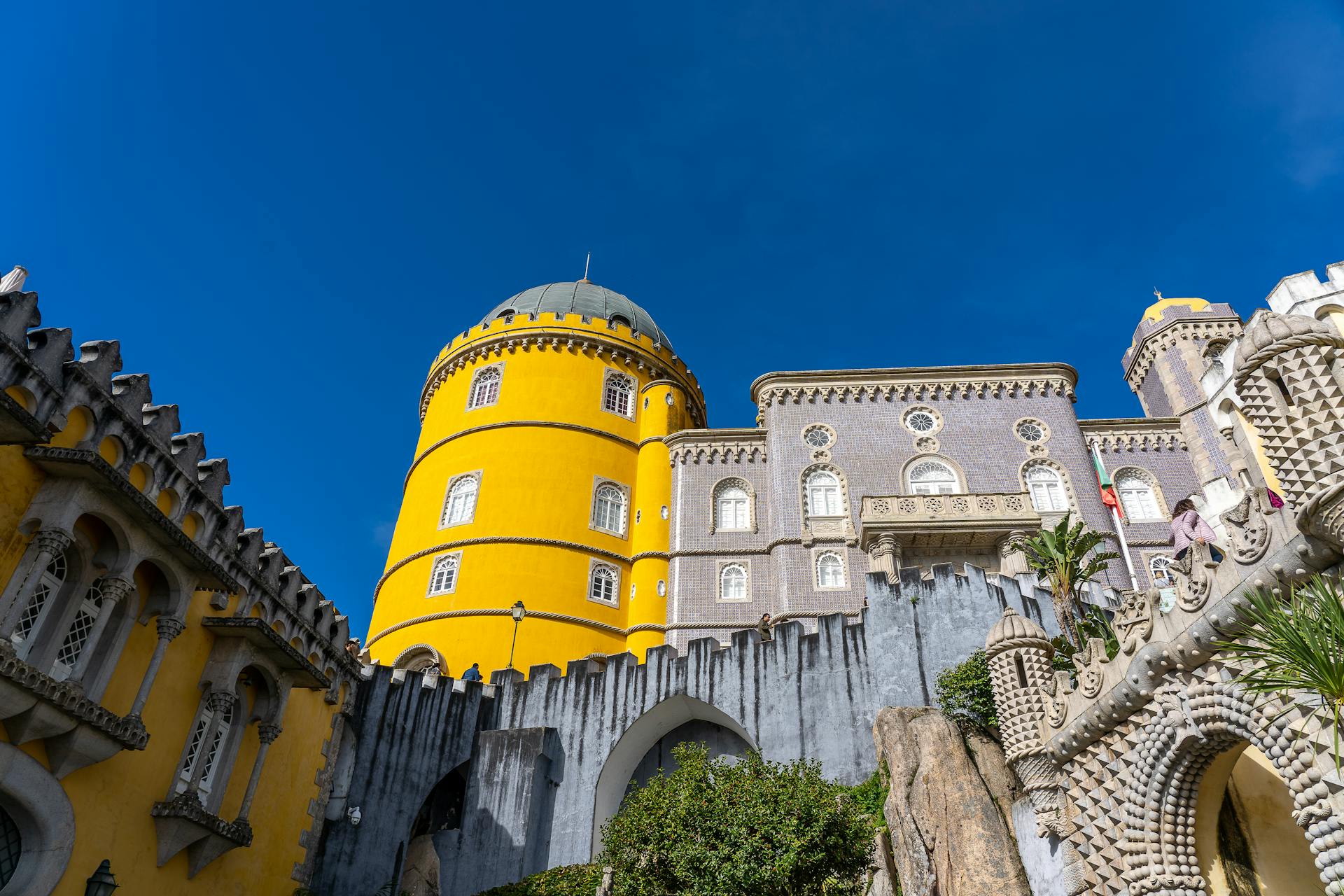 Mike van Schoonderwalt, Pexels
Mike van Schoonderwalt, Pexels
Pena National Palace—Sintra, Portugal (cont’d)
Pena National Palace was the favorite home of the royal family until the monarchy was overthrown in 1910.
The castle was restored later in the 20th century and is now a UNESCO World Heritage Site.
Vianden Castle—Vianden, Luxembourg
Construction on Vianden Castle began in the 11th century and didn’t end until the 14th century.
It was built over an ancient Roman watchtower and was the royal home of the count of Vianden until the early 15th century.
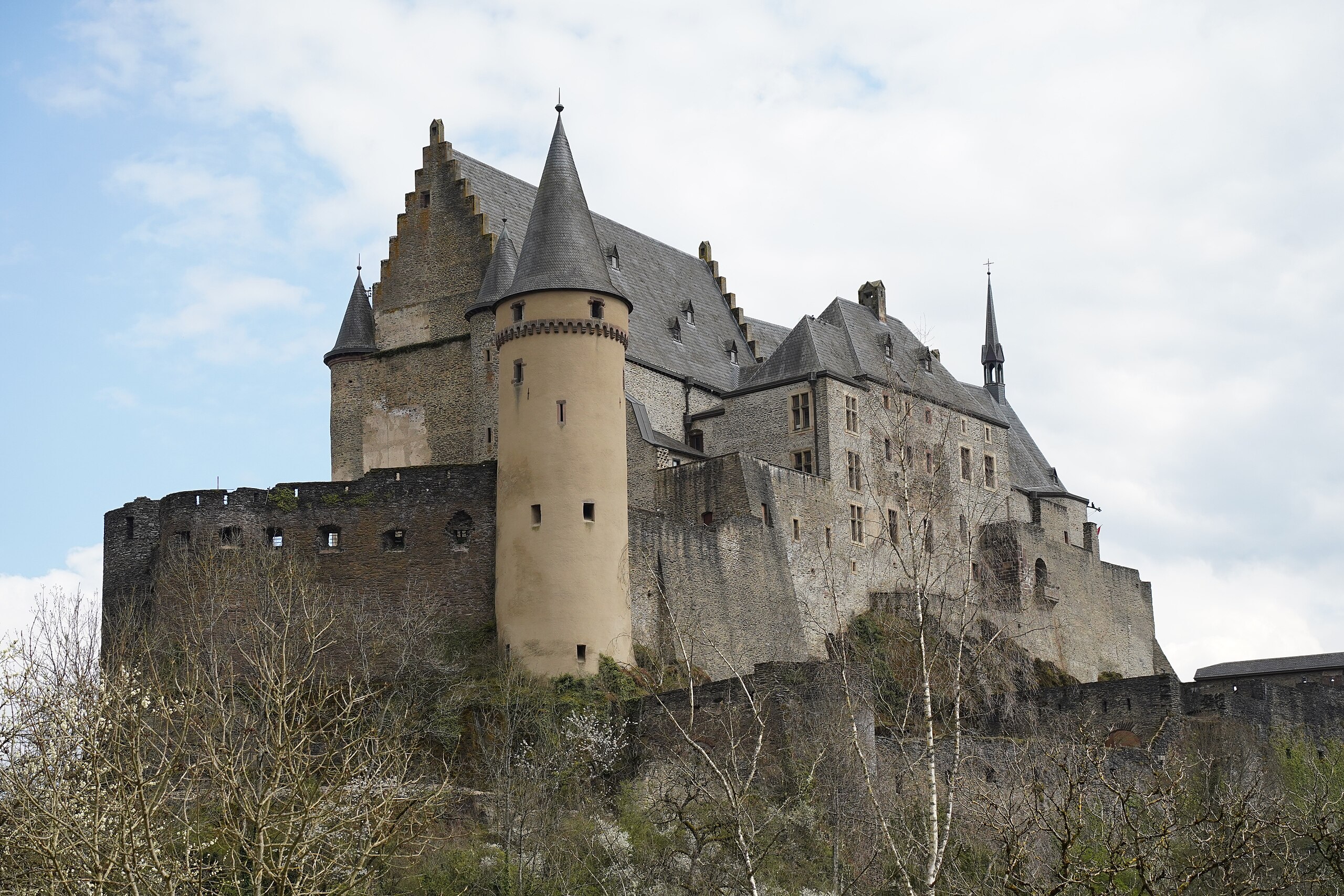 TimeTravelRome, CC BY 2.0, Wikimedia Commons
TimeTravelRome, CC BY 2.0, Wikimedia Commons
Vianden Castle—Vianden, Luxembourg (cont’d)
The castle was eventually abandoned and remained in a state of disrepair until 1977. That’s when the state took control of the grounds and began restoring the palace to its former glory.
Now it’s a national treasure that enjoyed by tourist from all over the world.
Schwerin Castle—Schwerin, Germany
While archaeological evidence shows remnants of a fort dating back to 942, Schwerin Castle didn’t become the enchanting structure that we know today until 1847.
That’s when Grand Duke Friedrich Franz II ordered the renovation of the palace.
Schwerin Castle—Schwerin, Germany (cont’d)
The Grand Duke envisioned a blend of modern and historical architecture, incorporating luxurious touches like Carrara marble trim and gilded iron doors.
Inside, visitors can marvel at the grand throne room and an impressive ancestral portrait gallery, along with exploring the beautiful castle gardens and enjoying the on-site restaurant.


